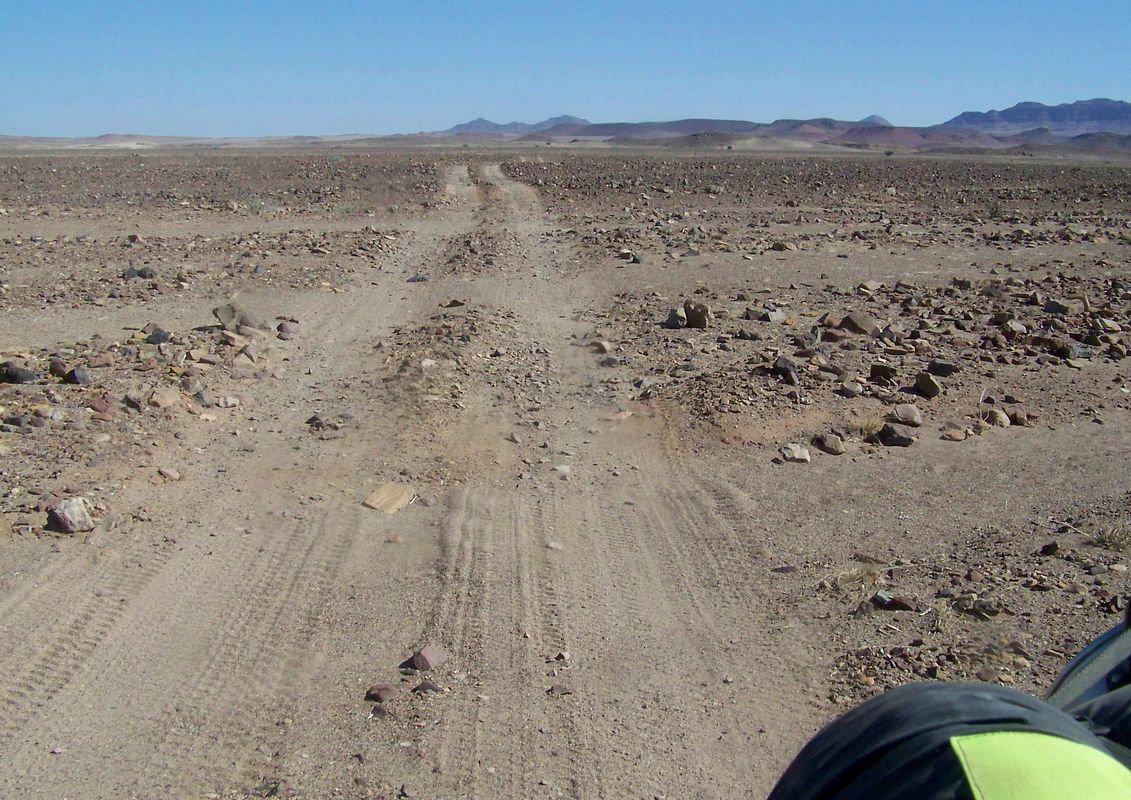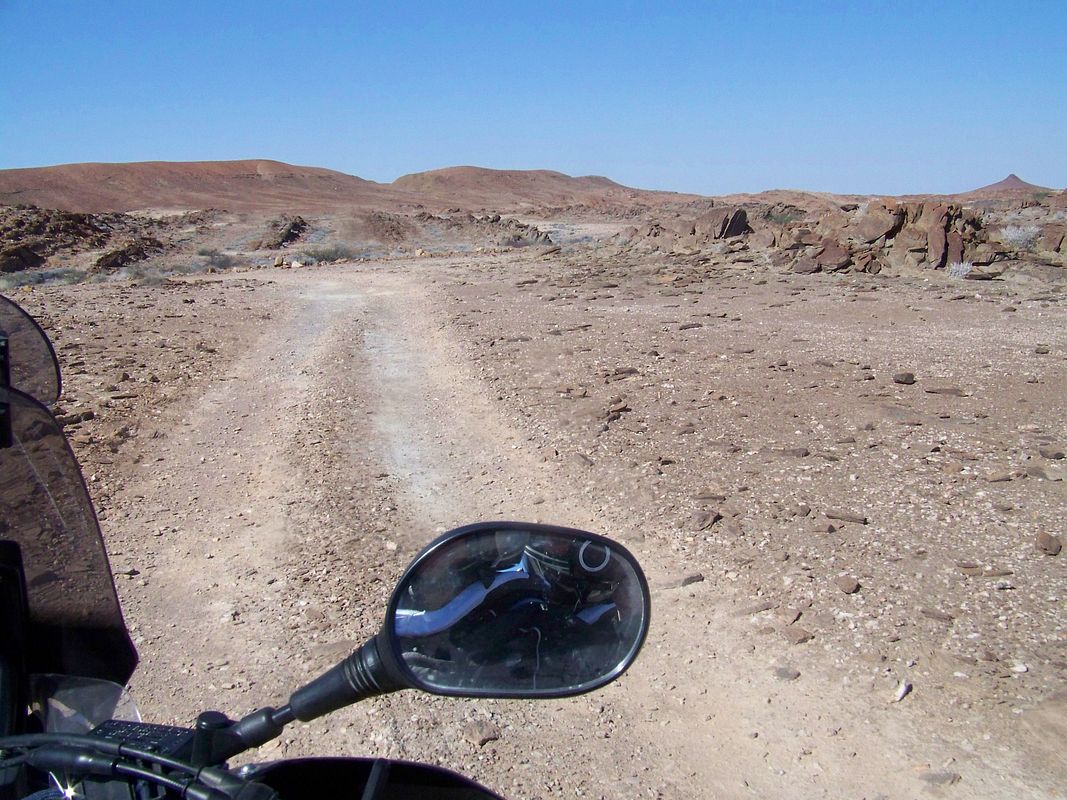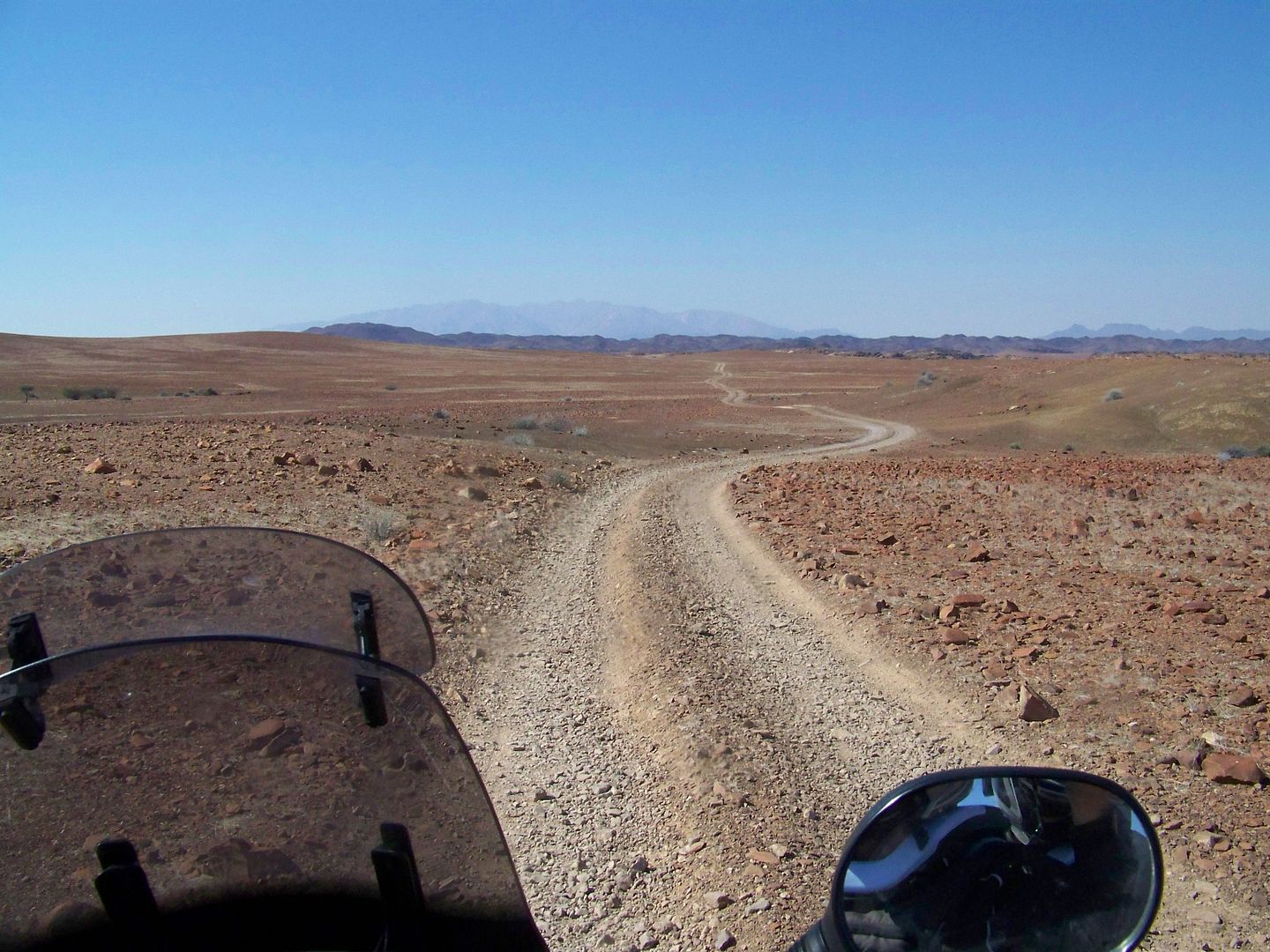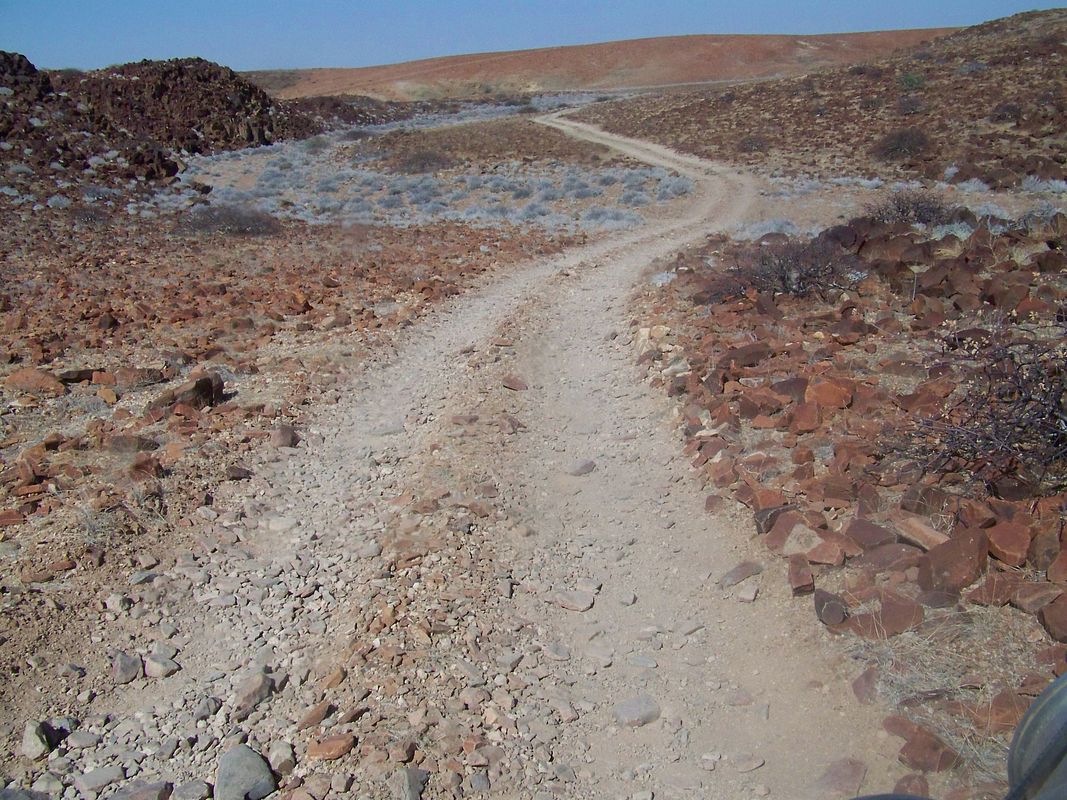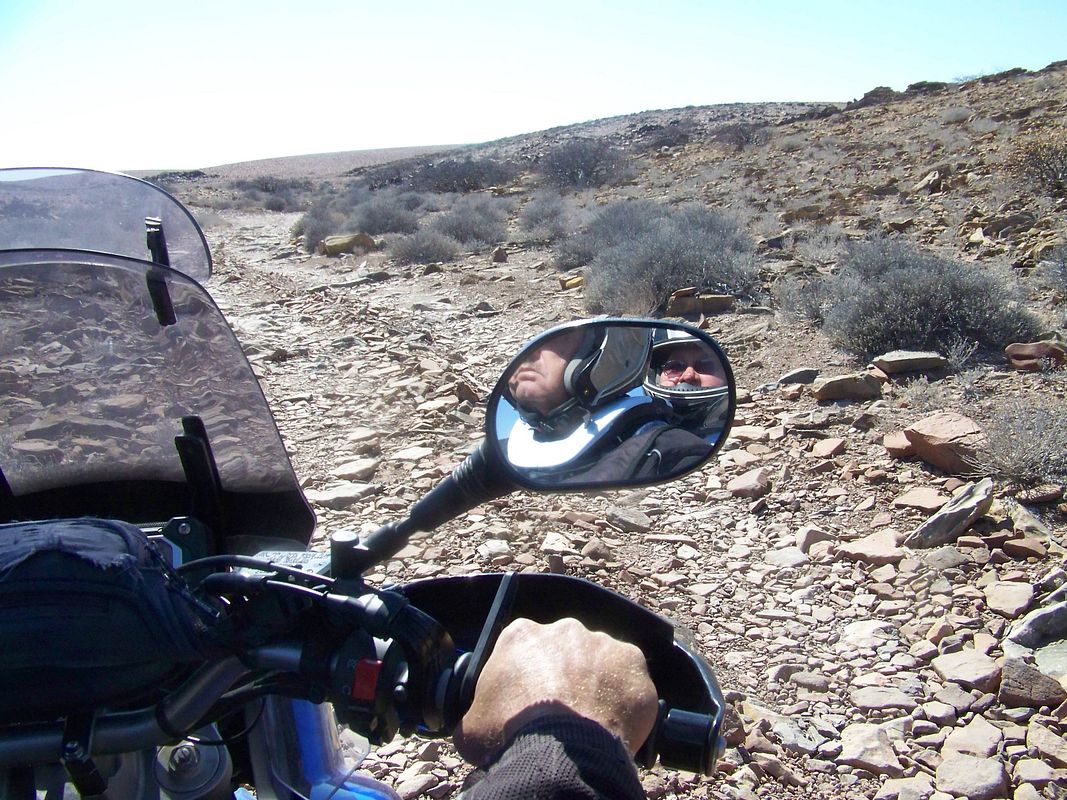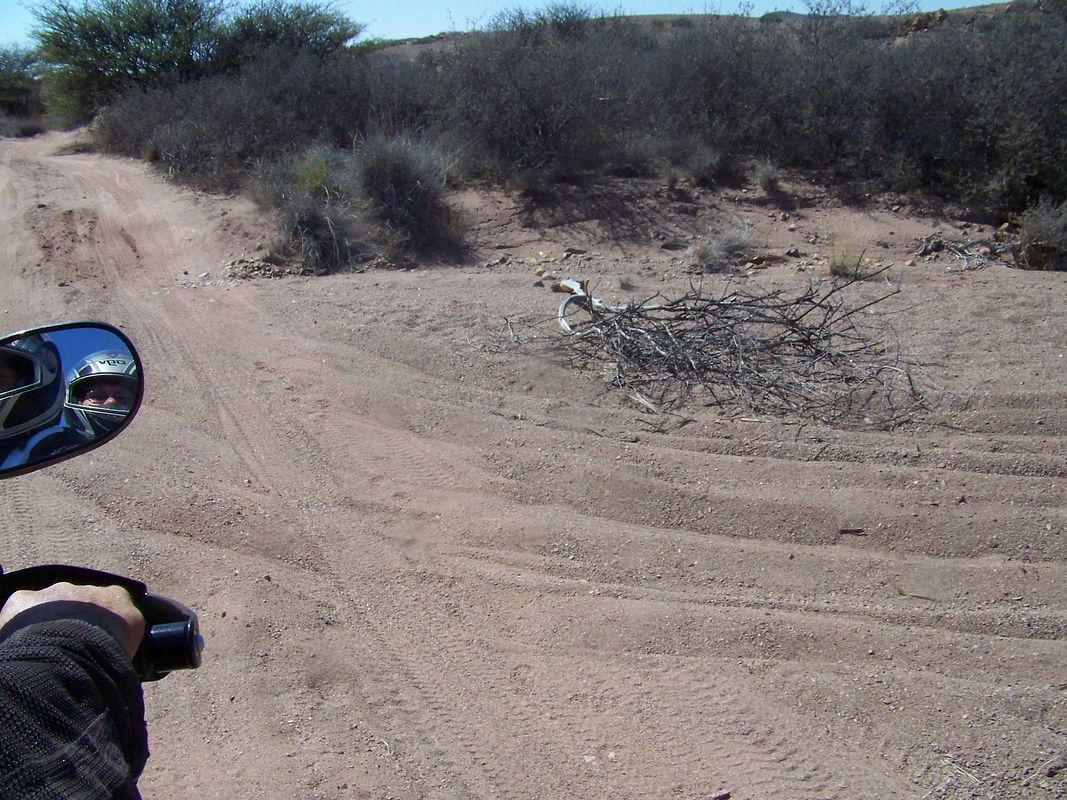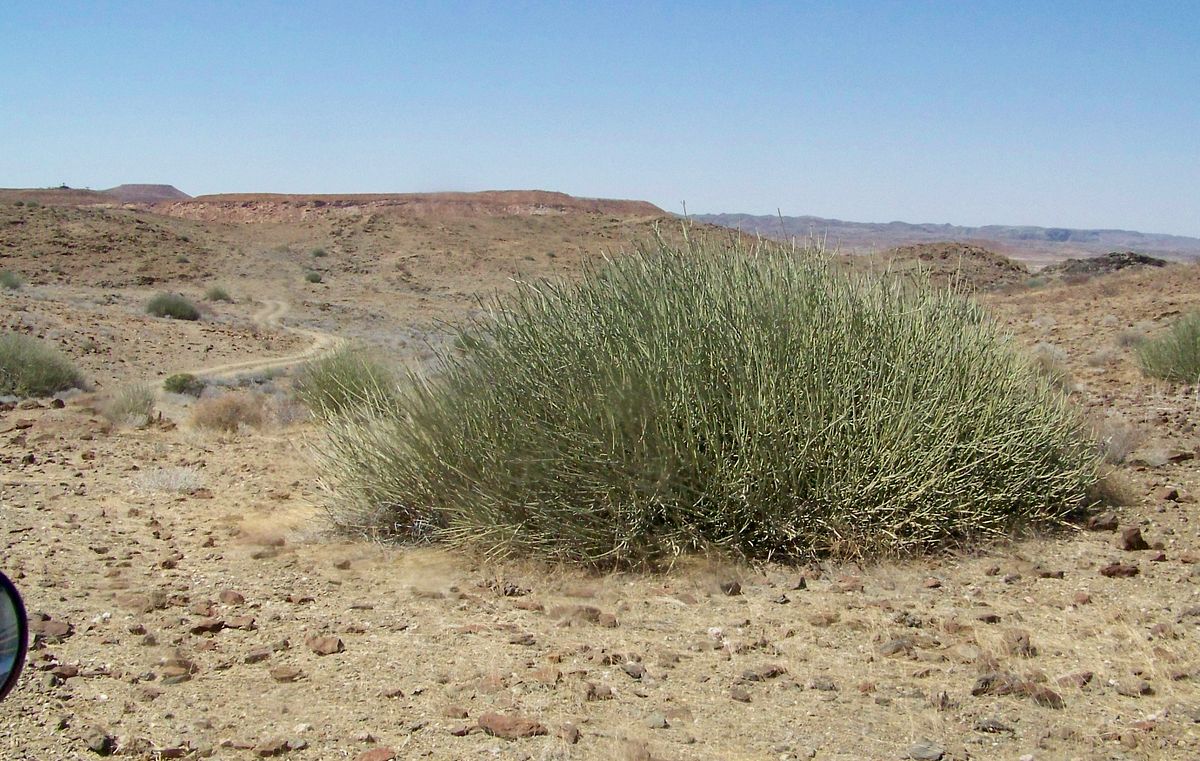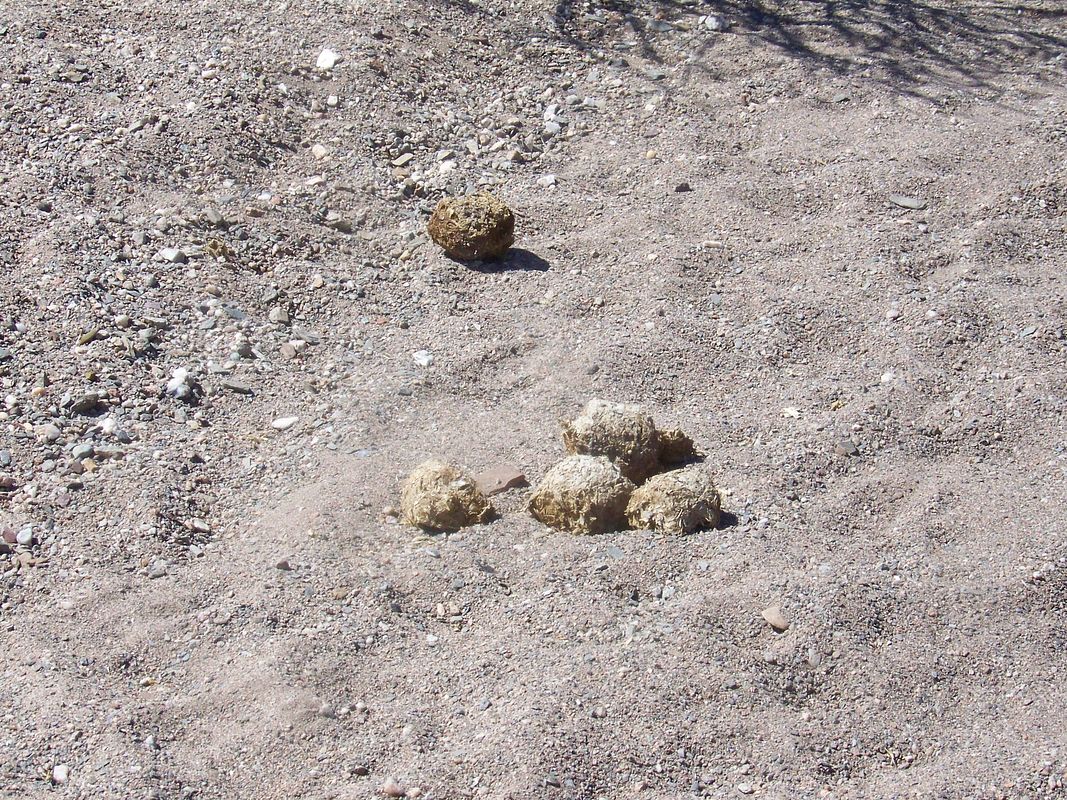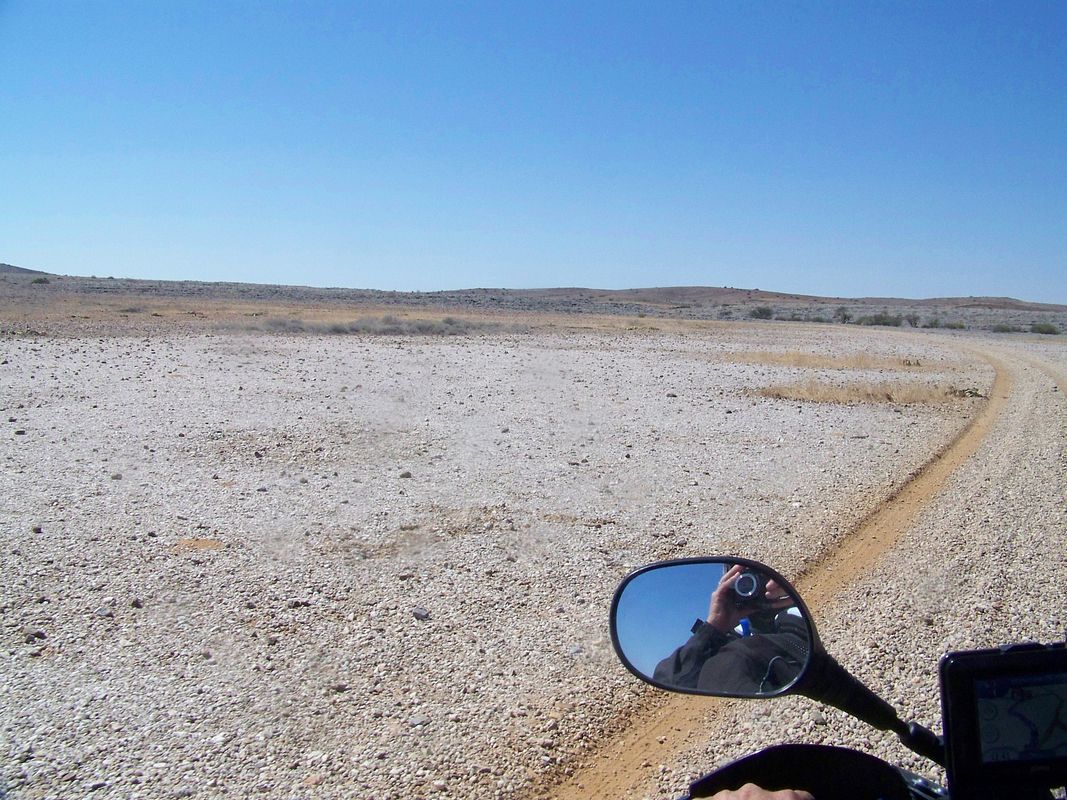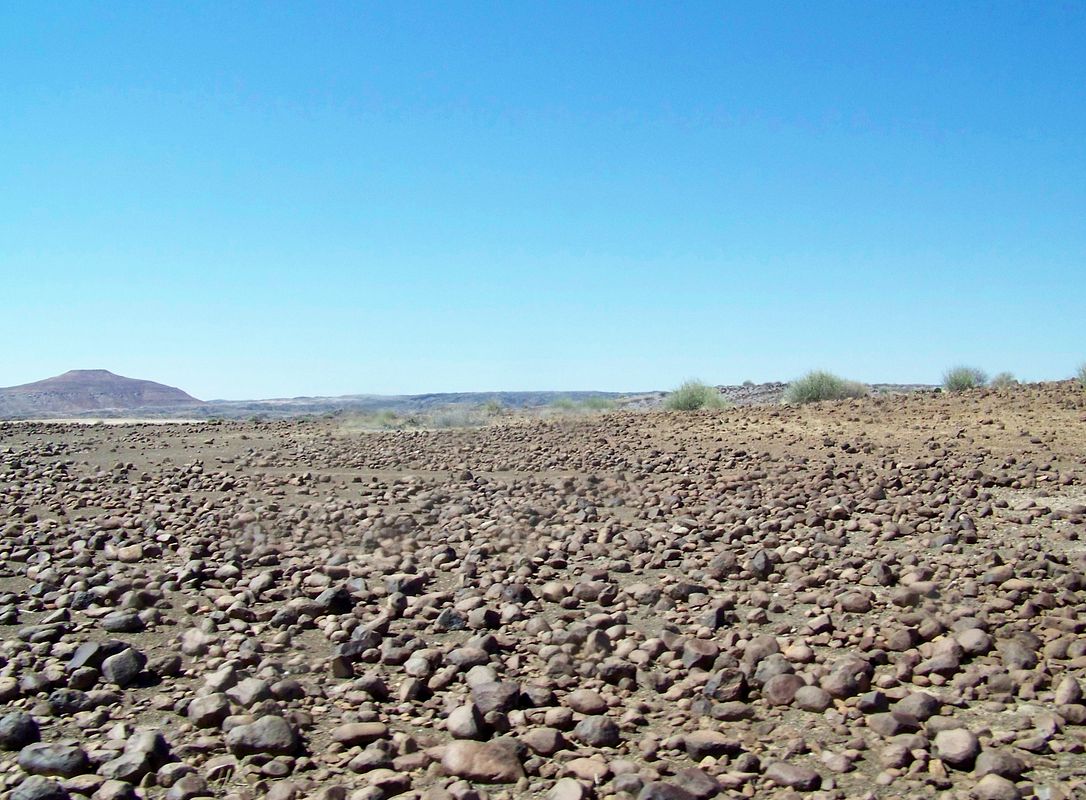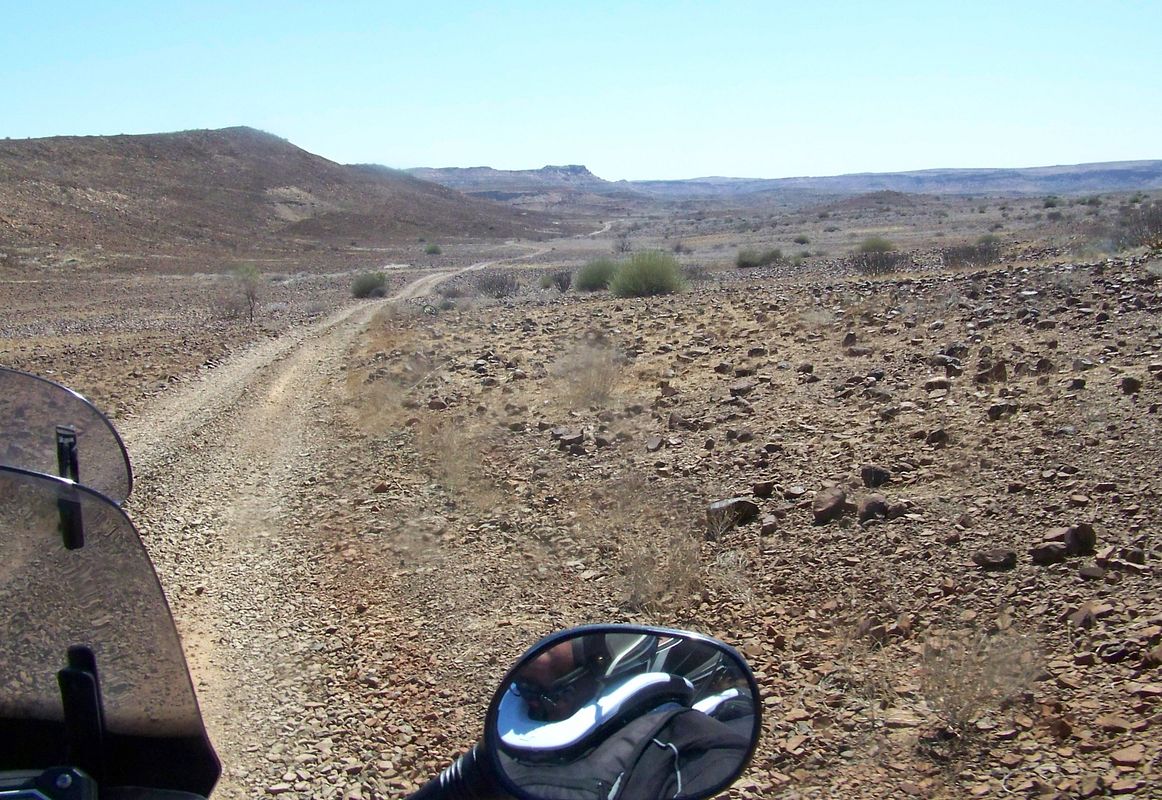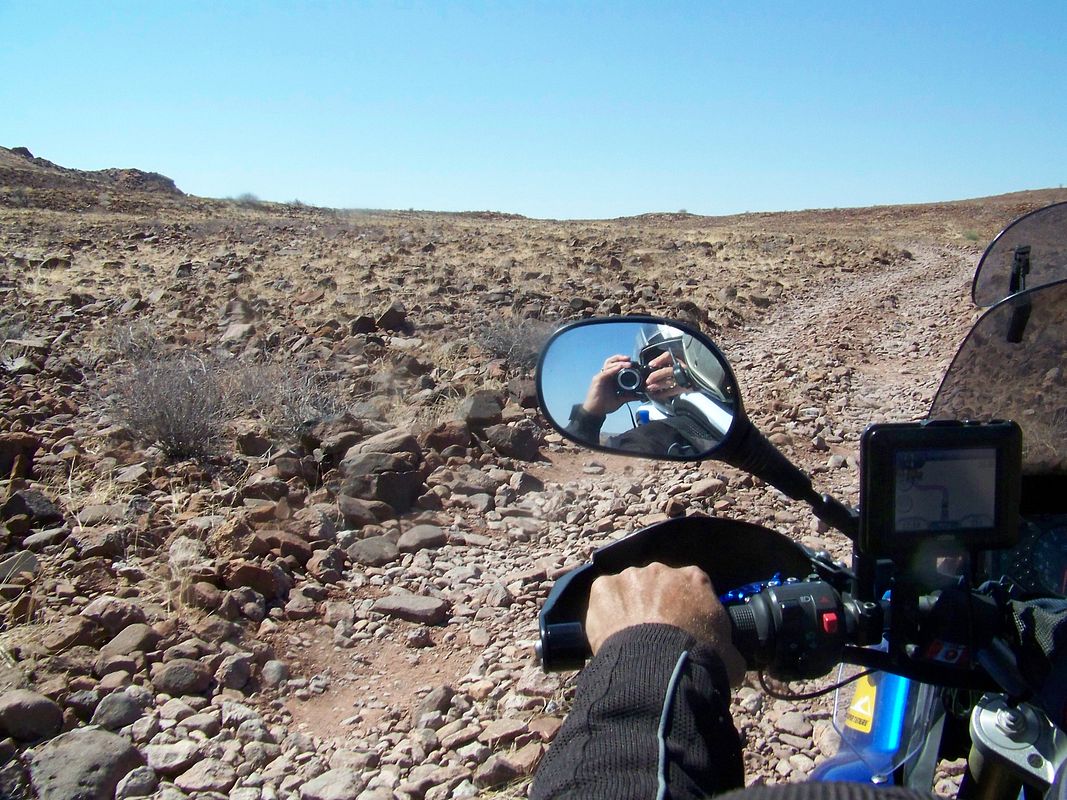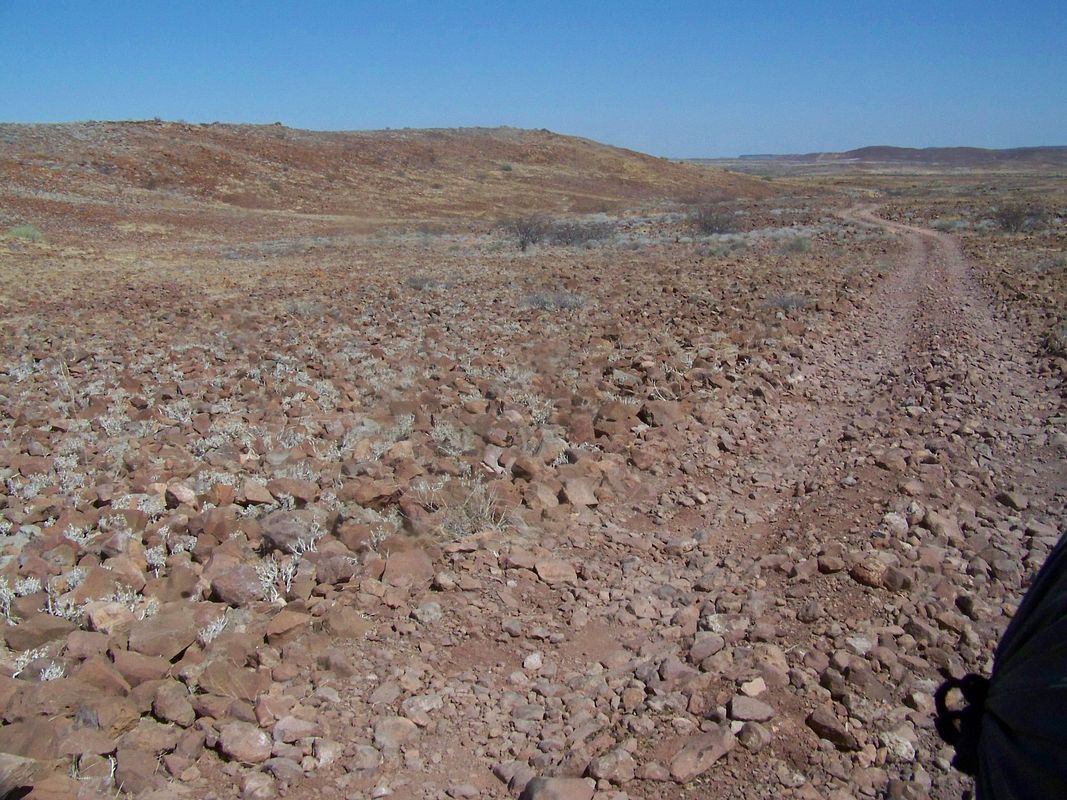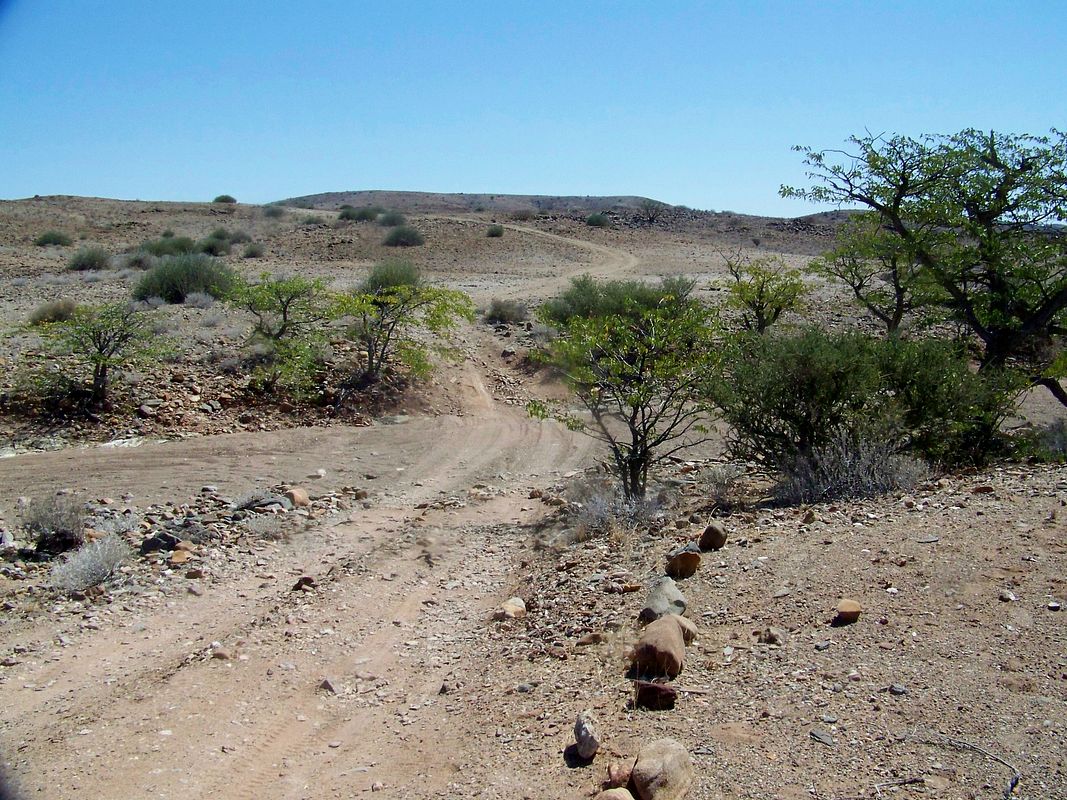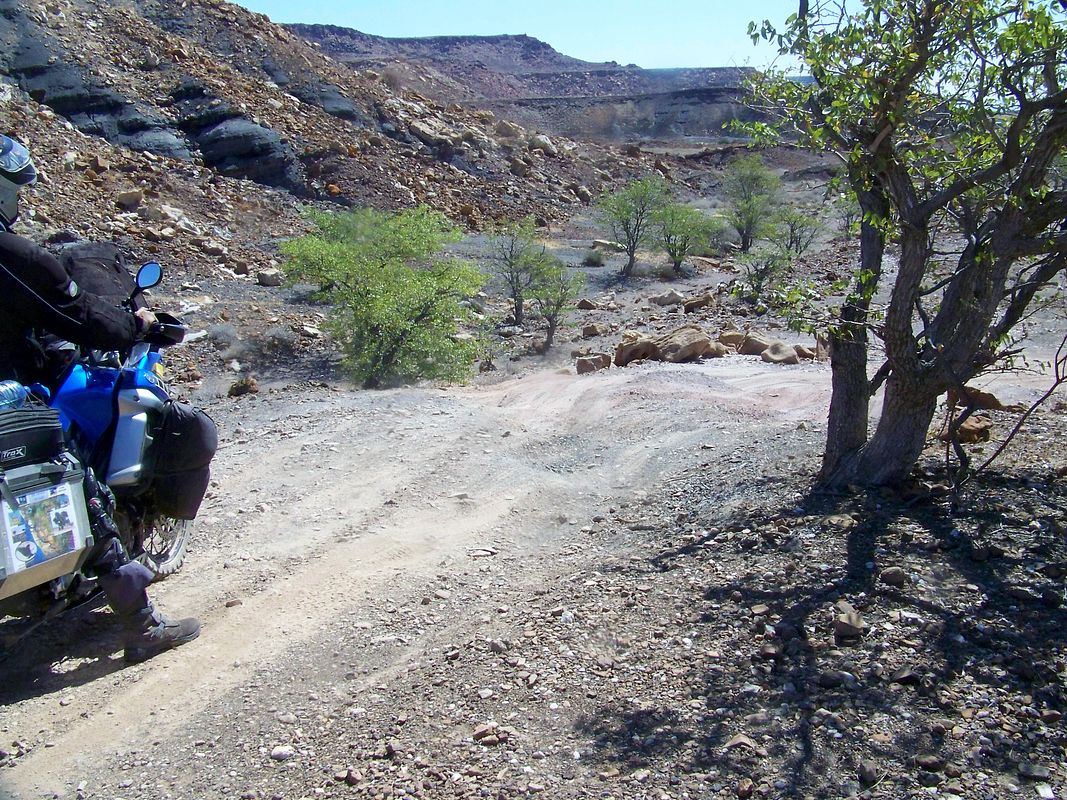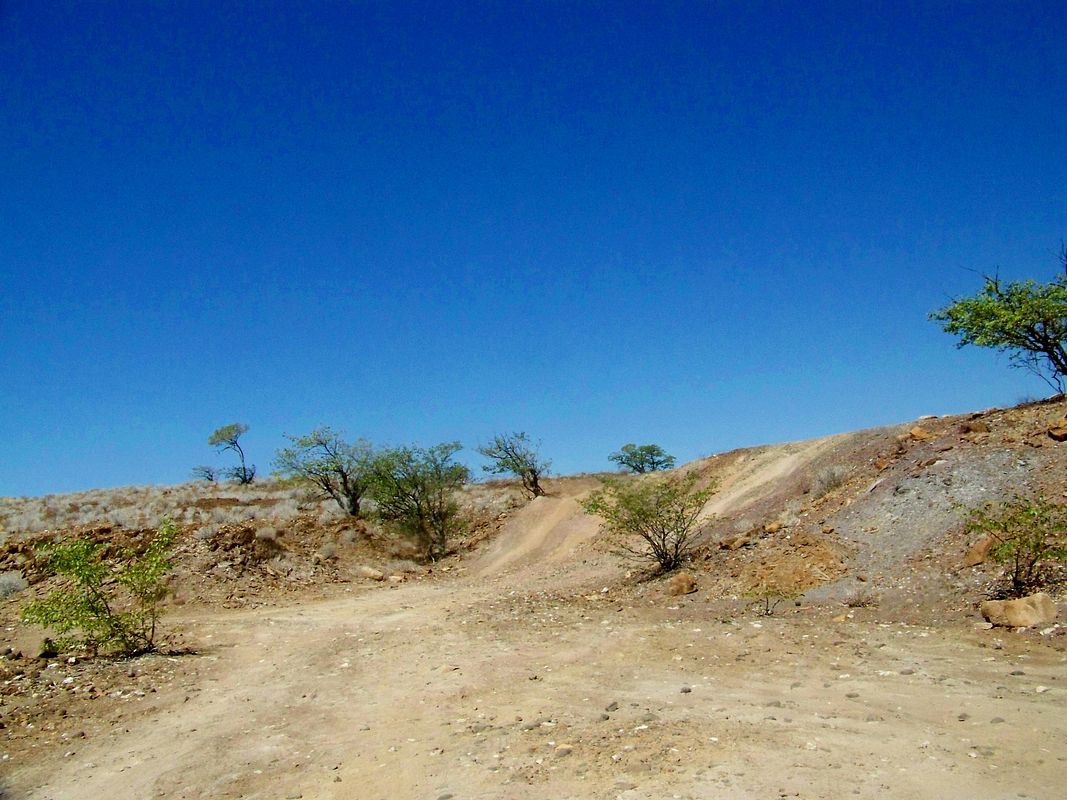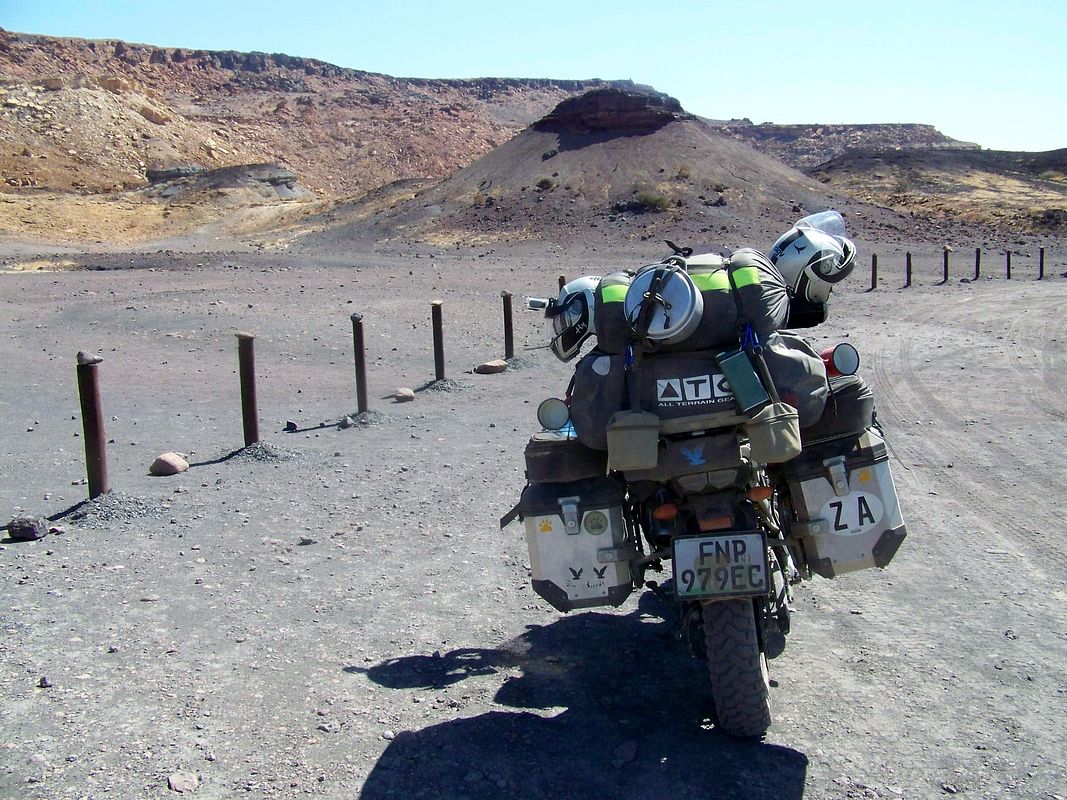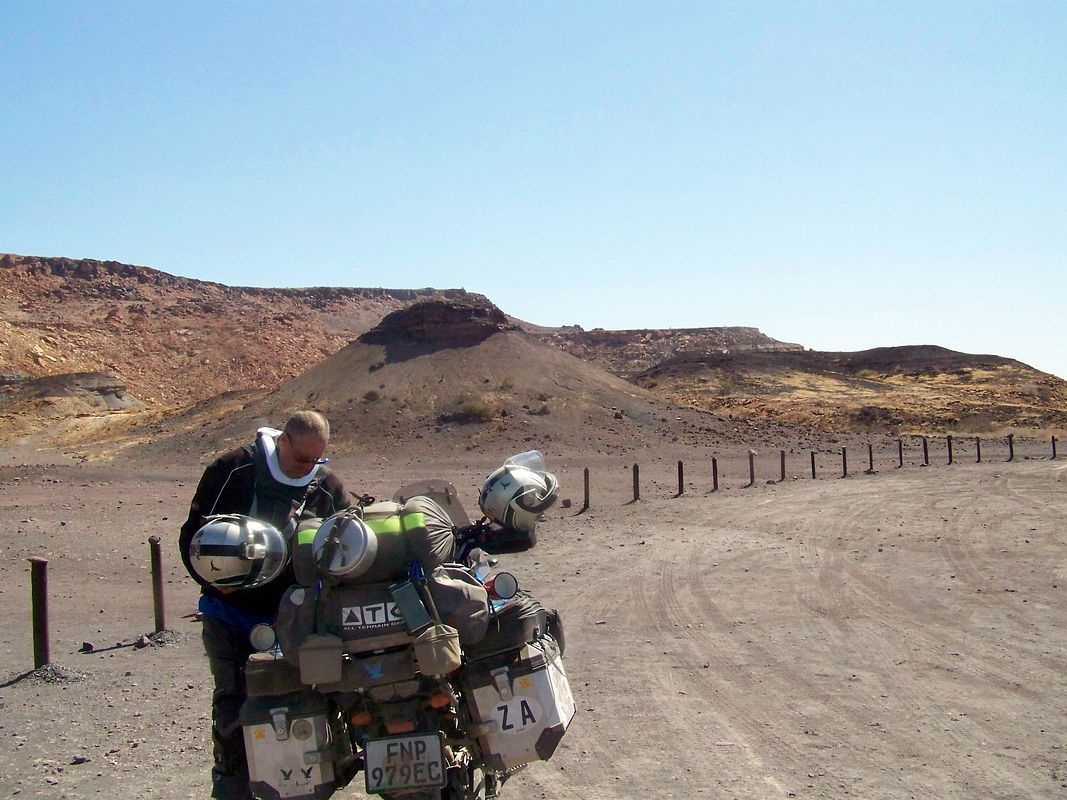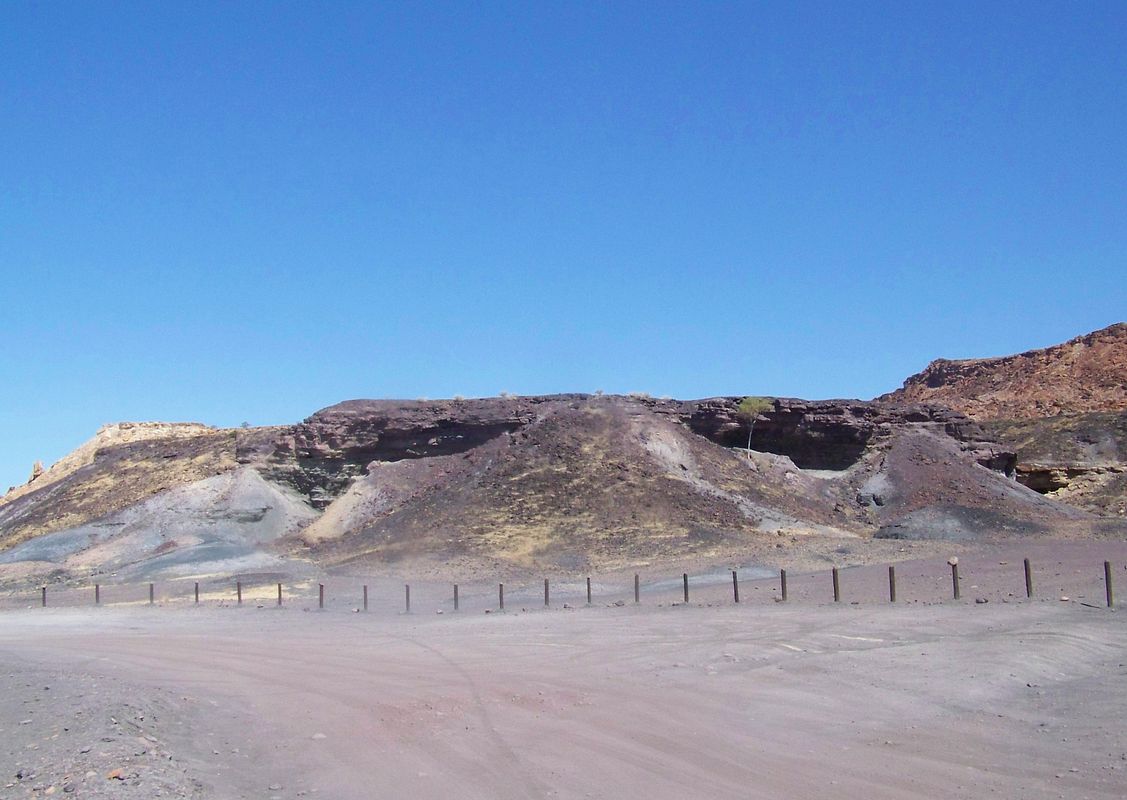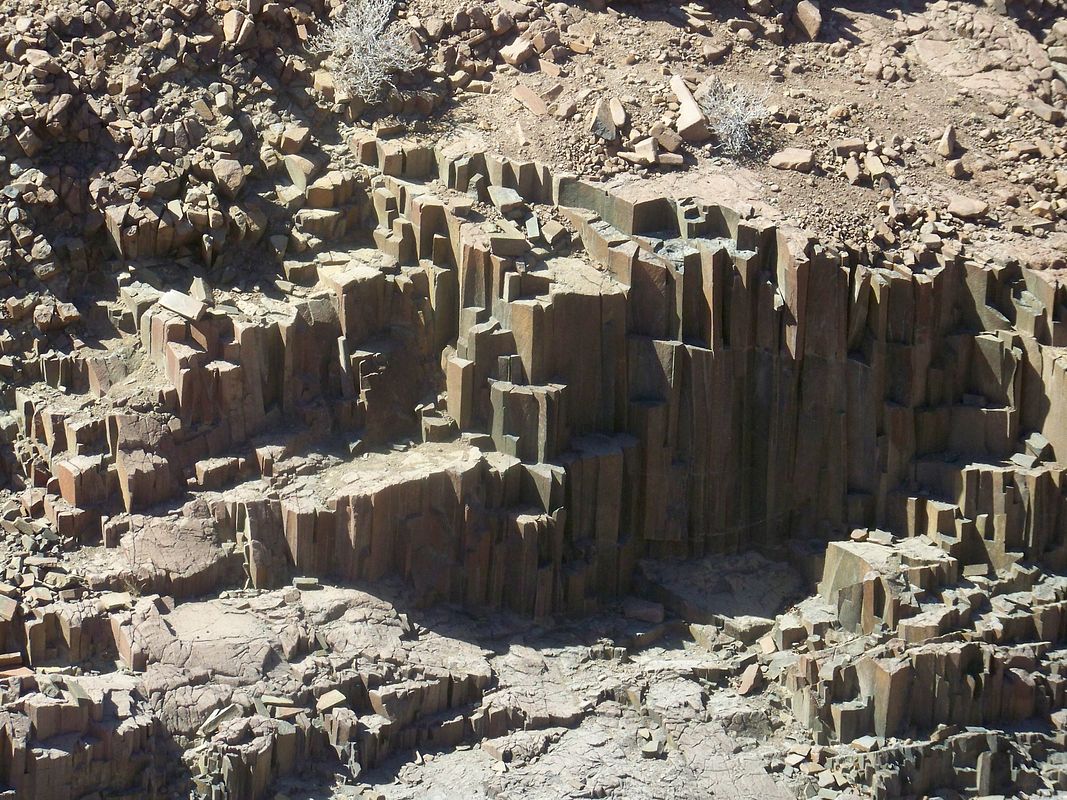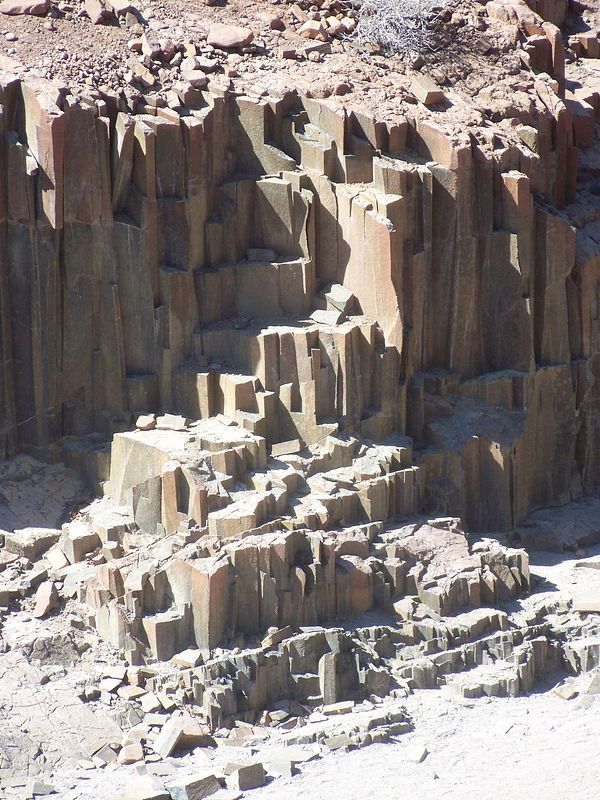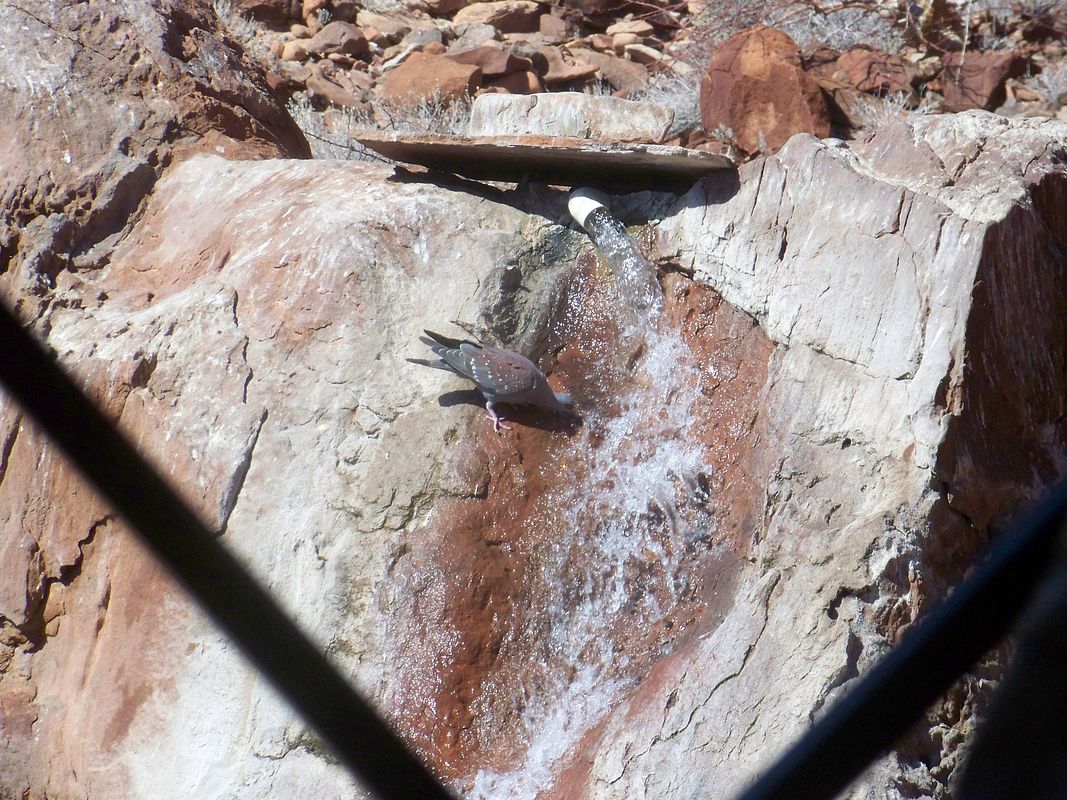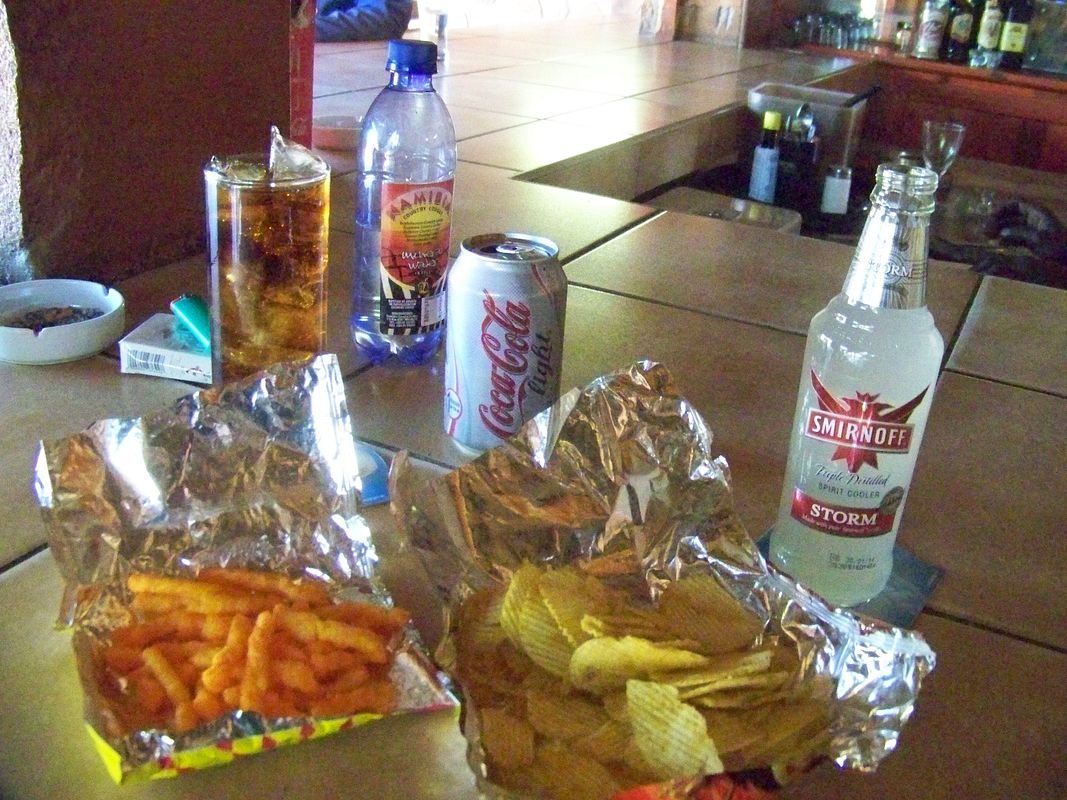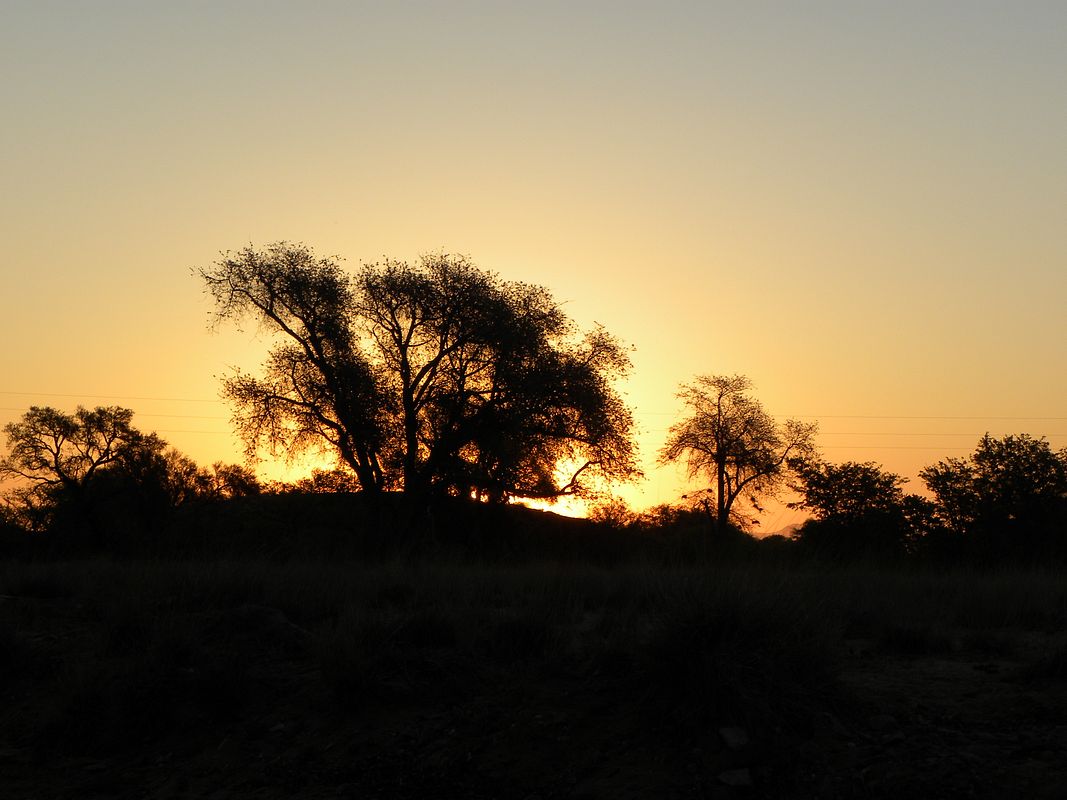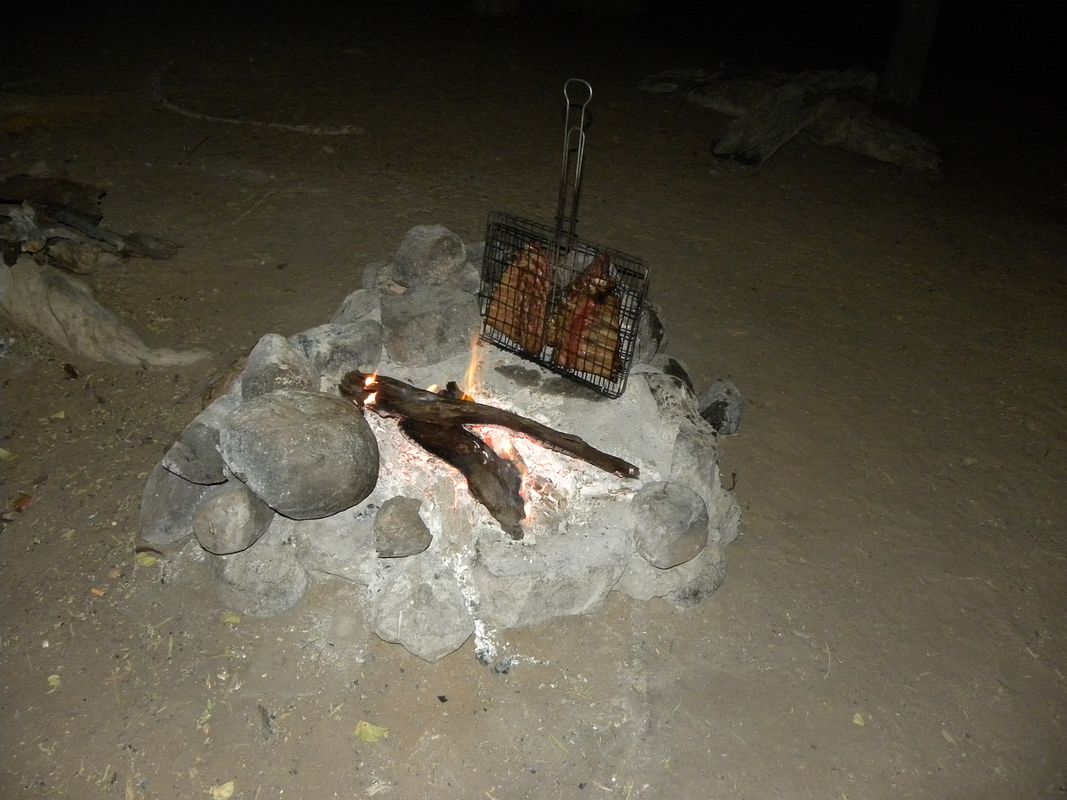The saga continues......
Photos of the tracks to Gai Ais fountain
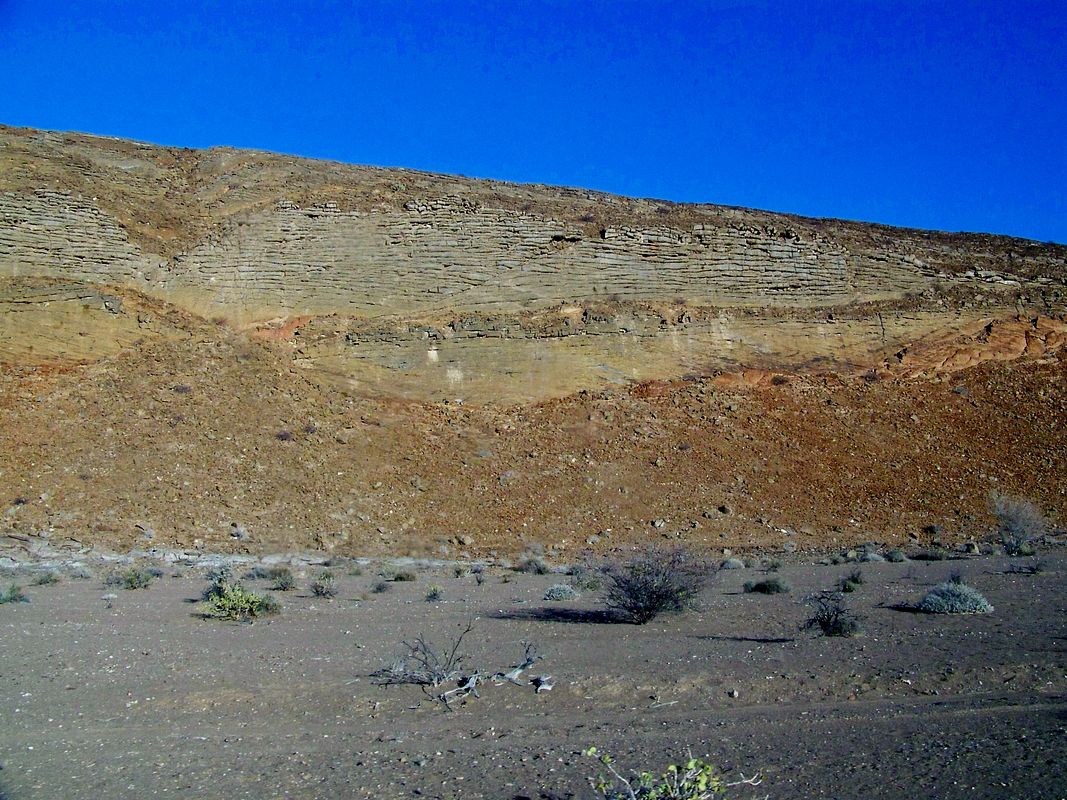
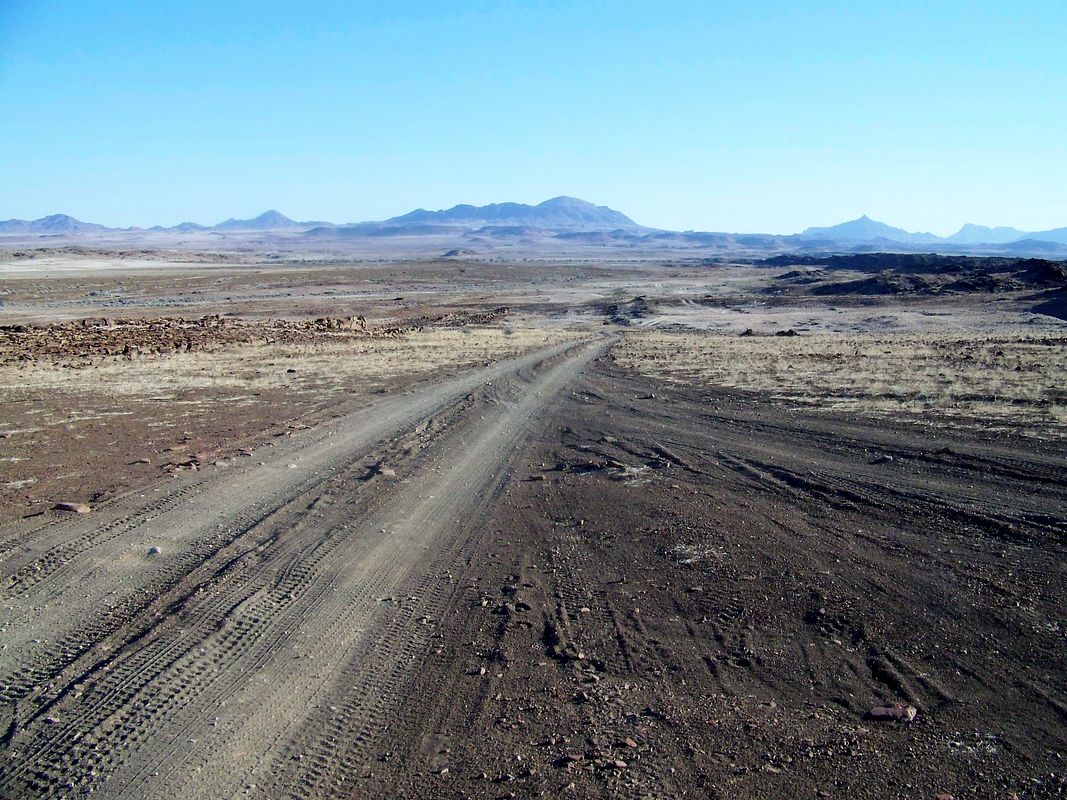
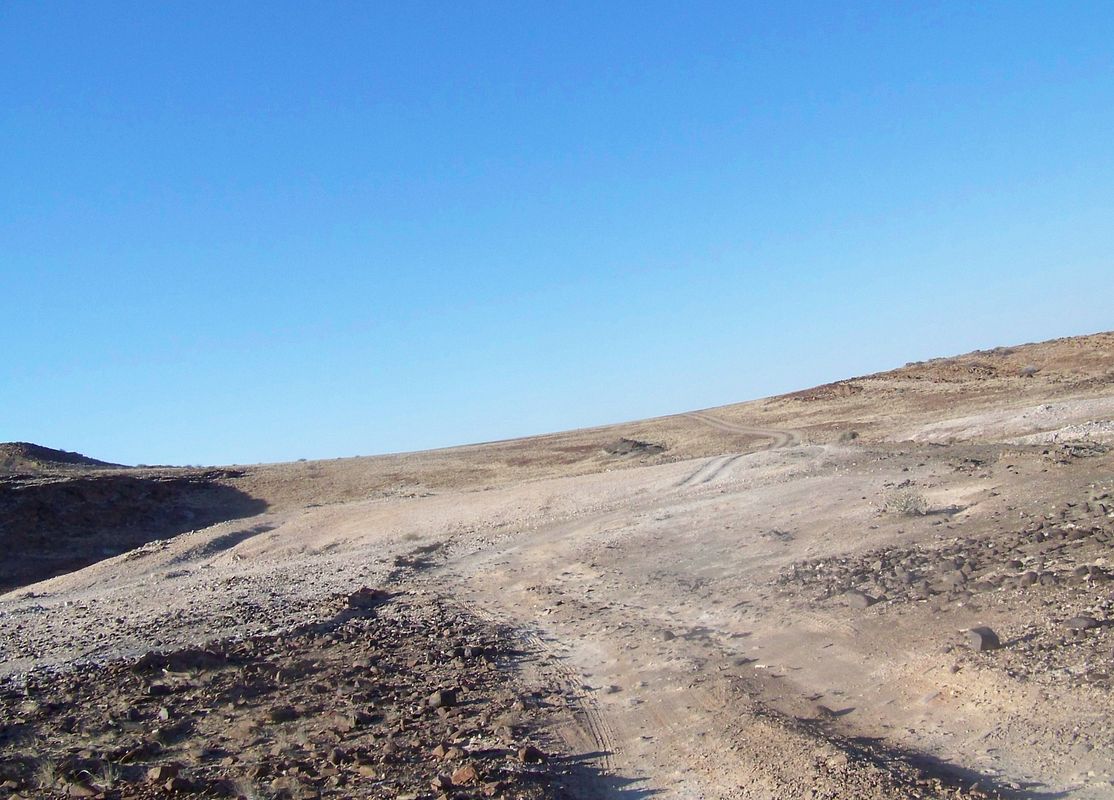
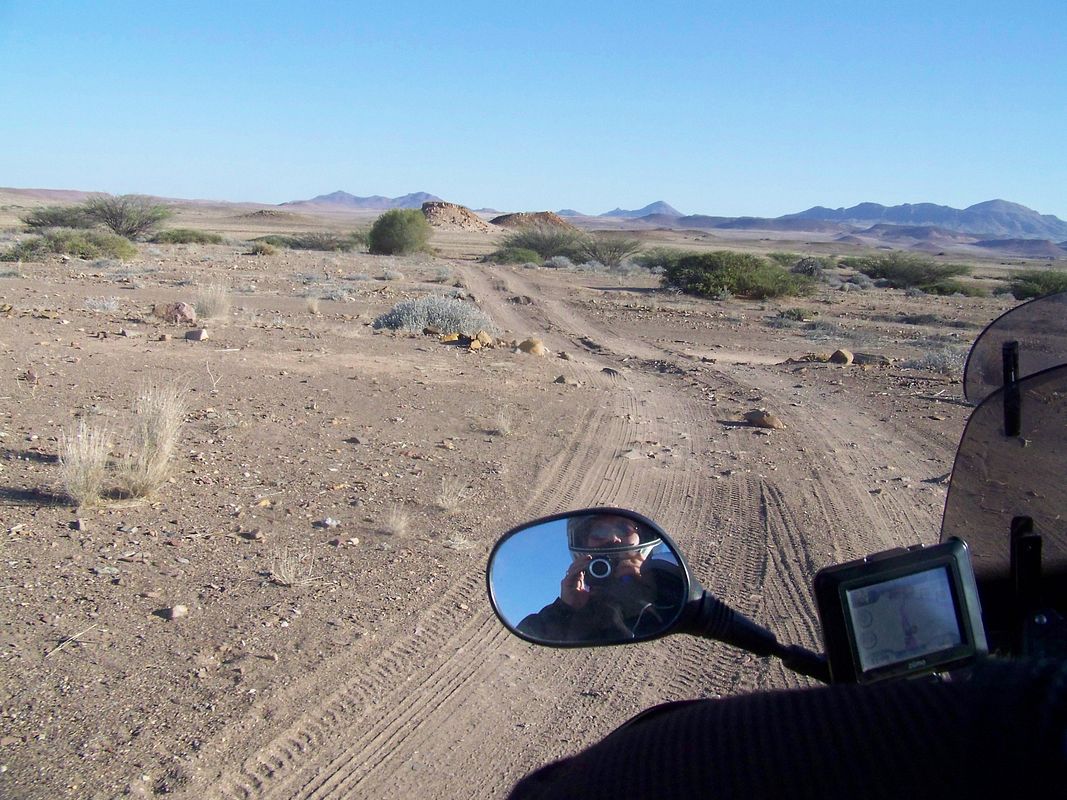
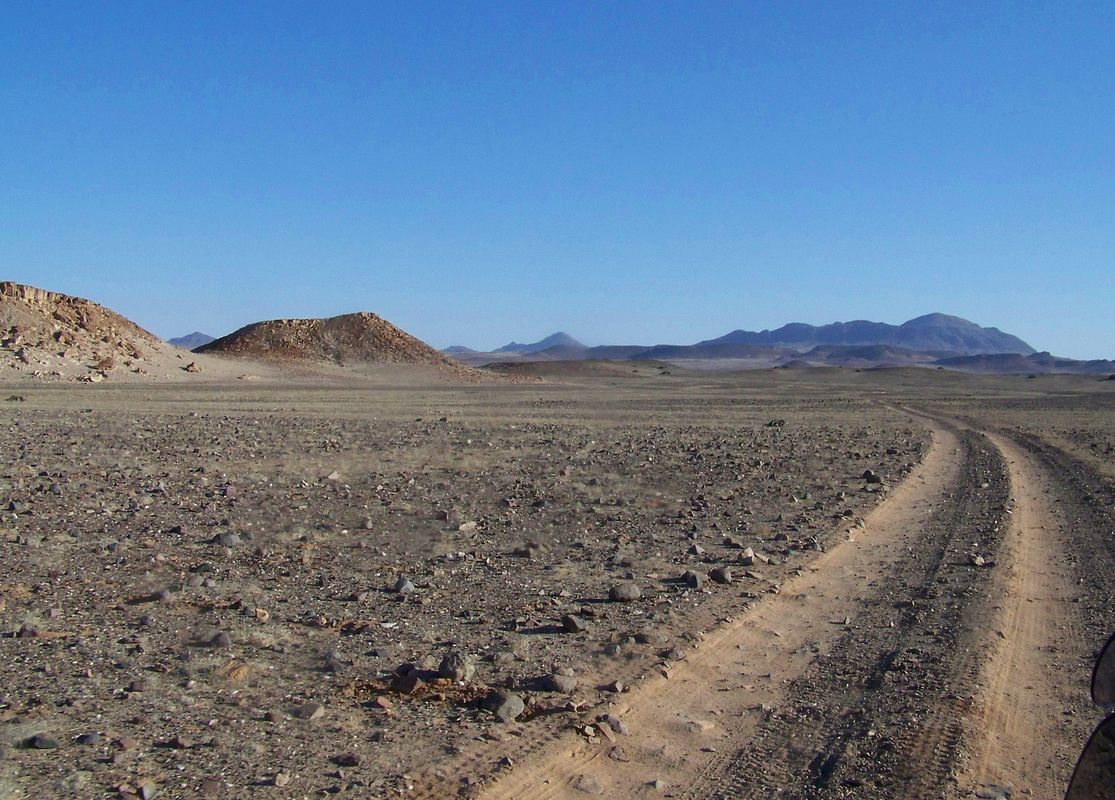
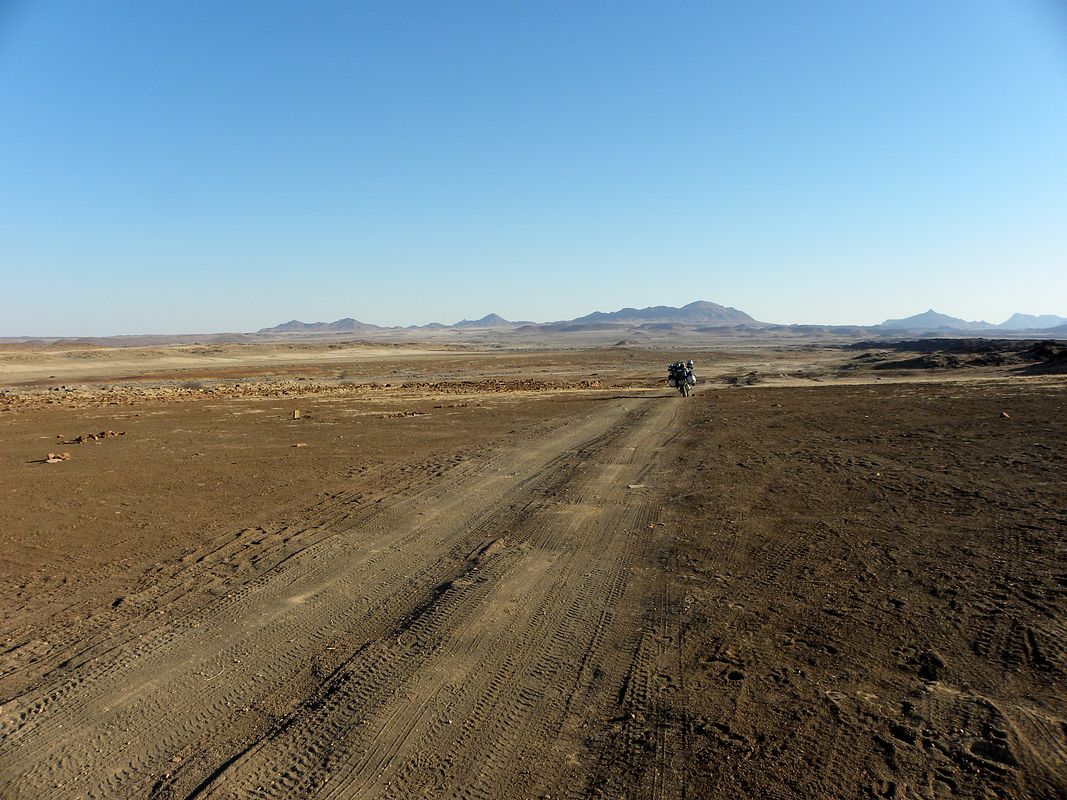
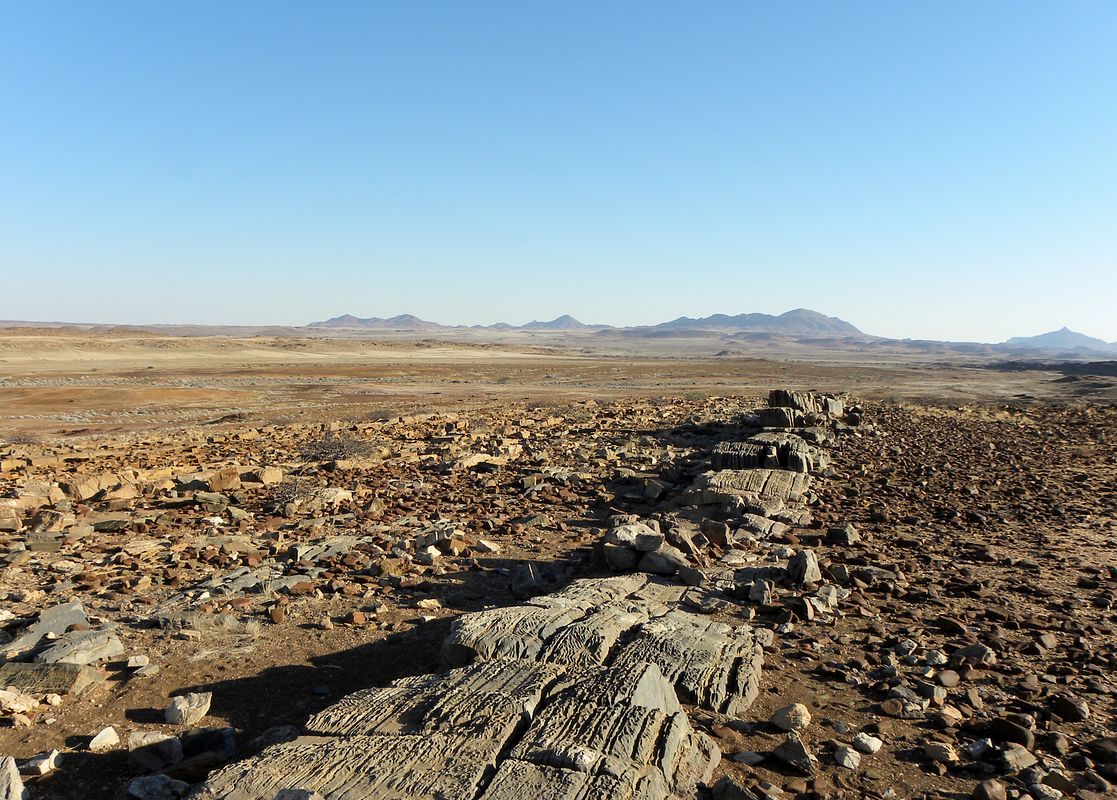
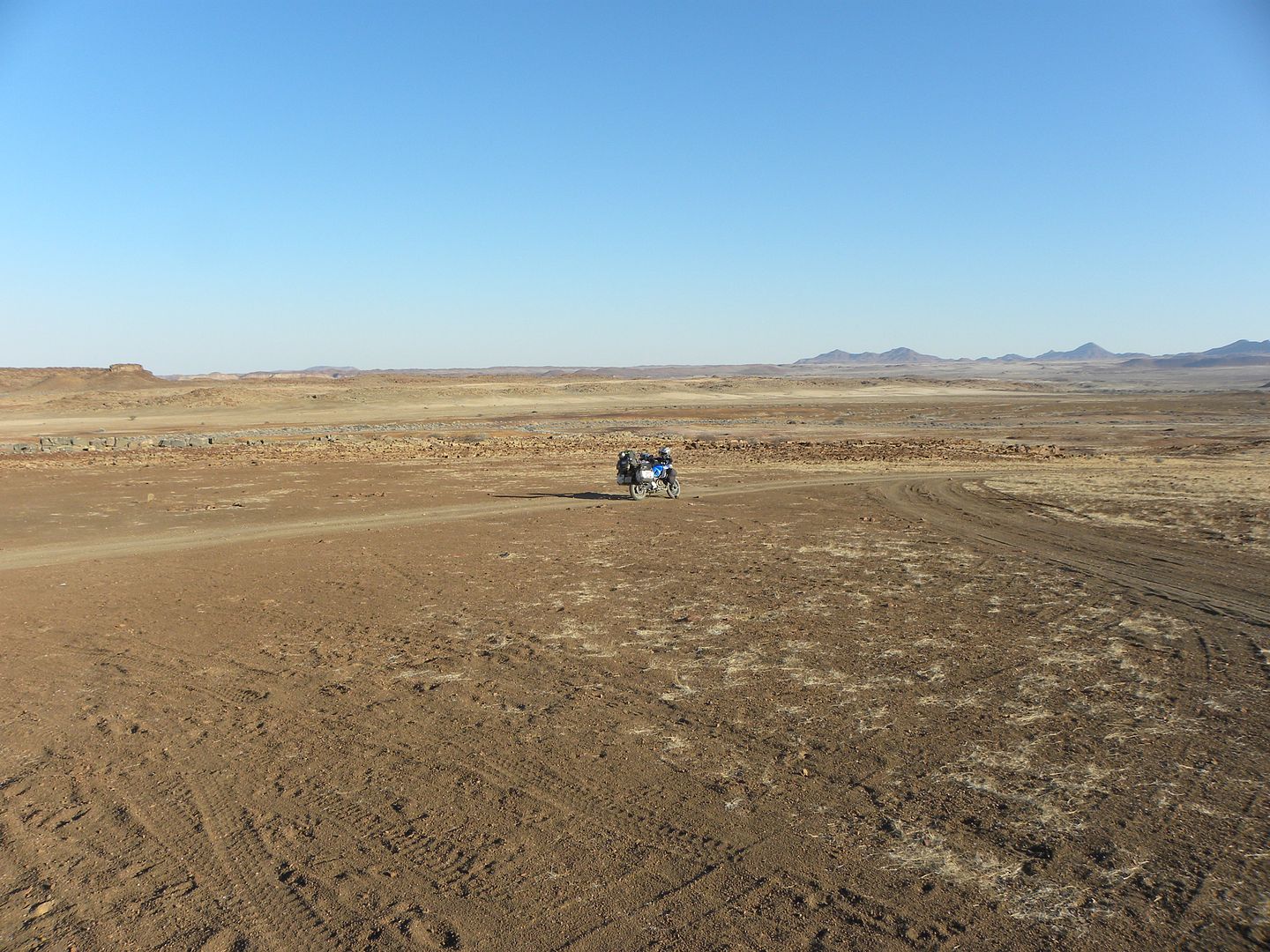
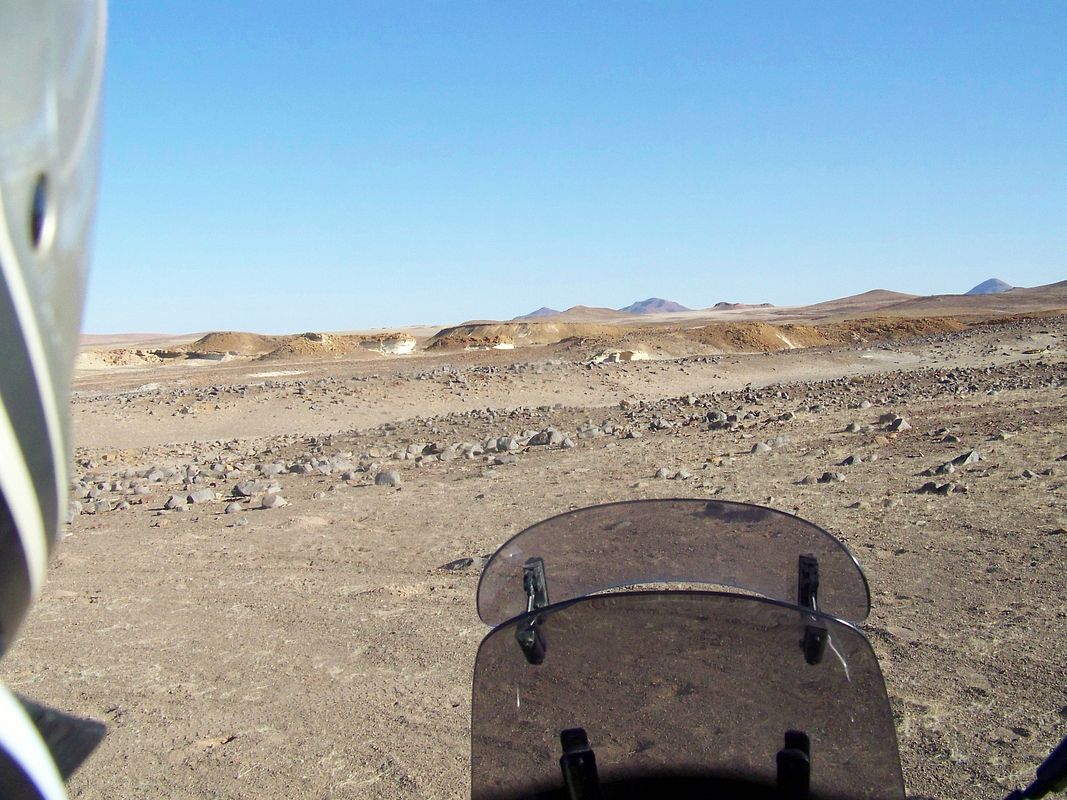
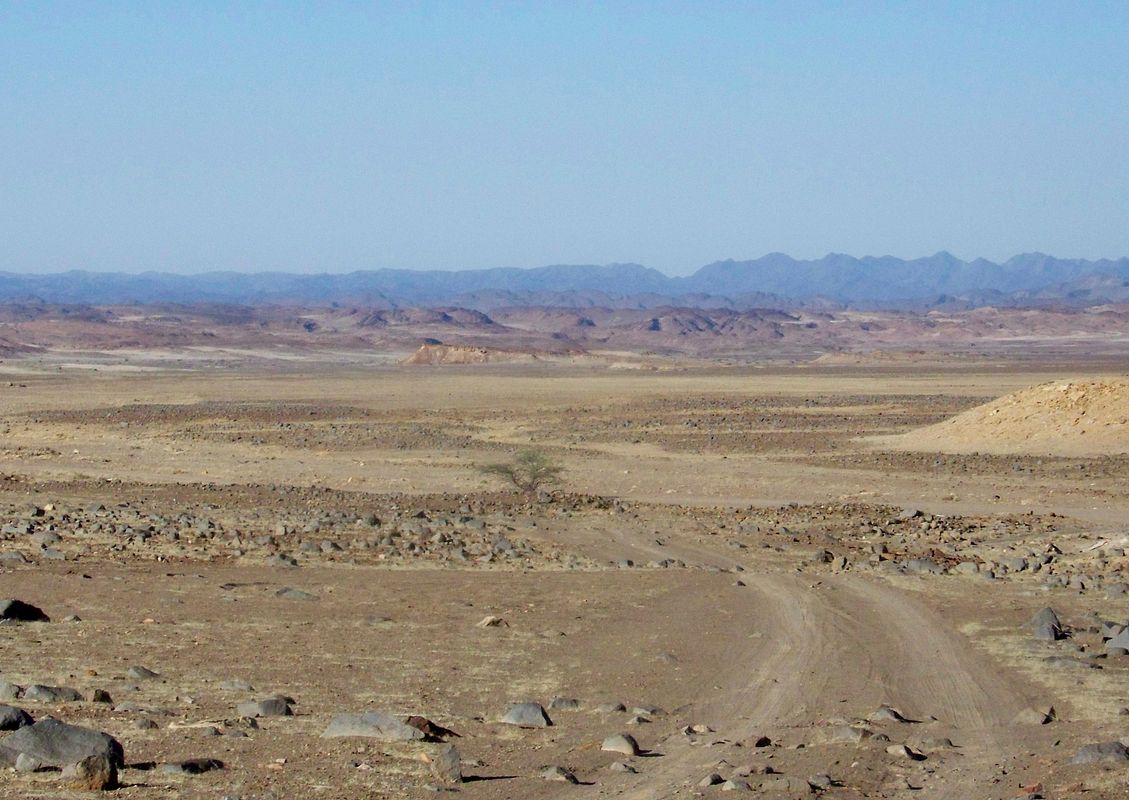
Small Gai Ais fountain, there is no water here though.
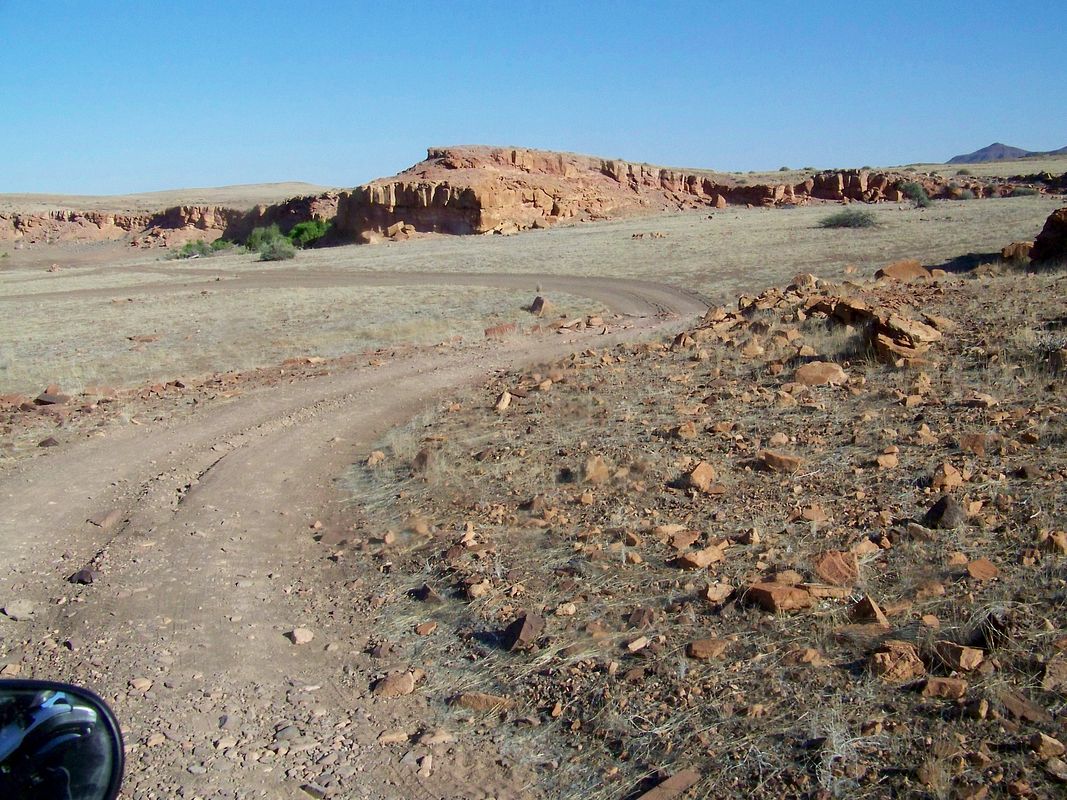
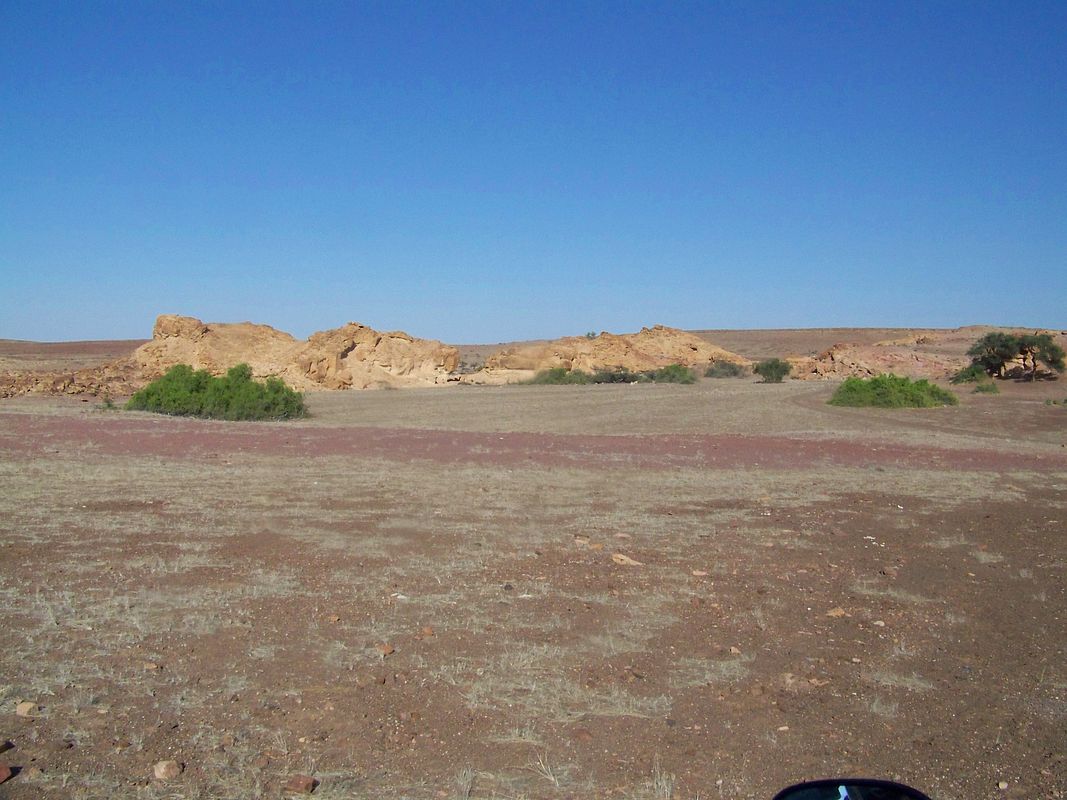
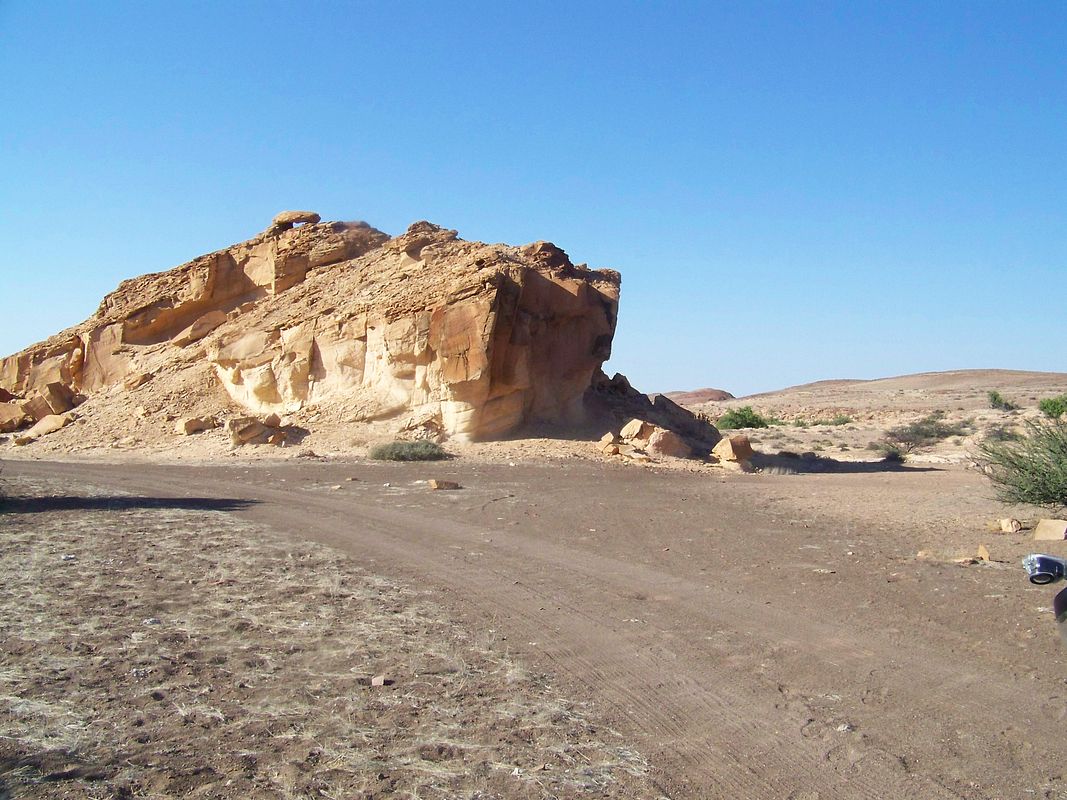

Still on the way to Gai Ais fountain
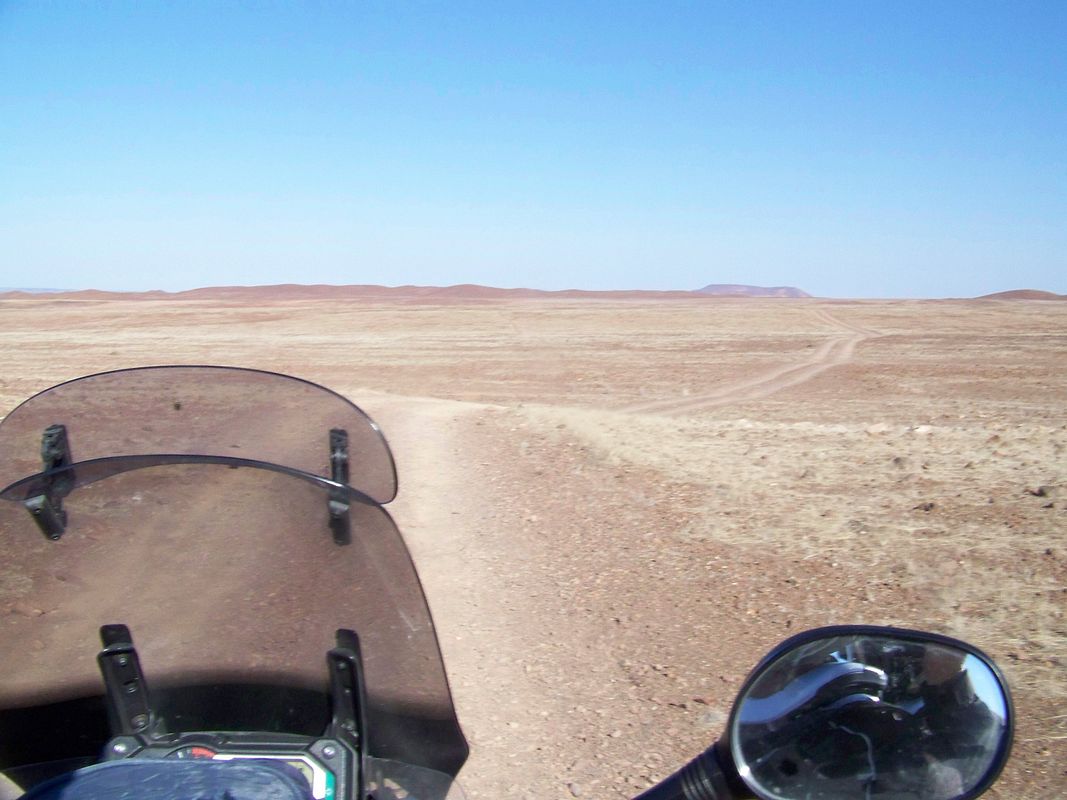
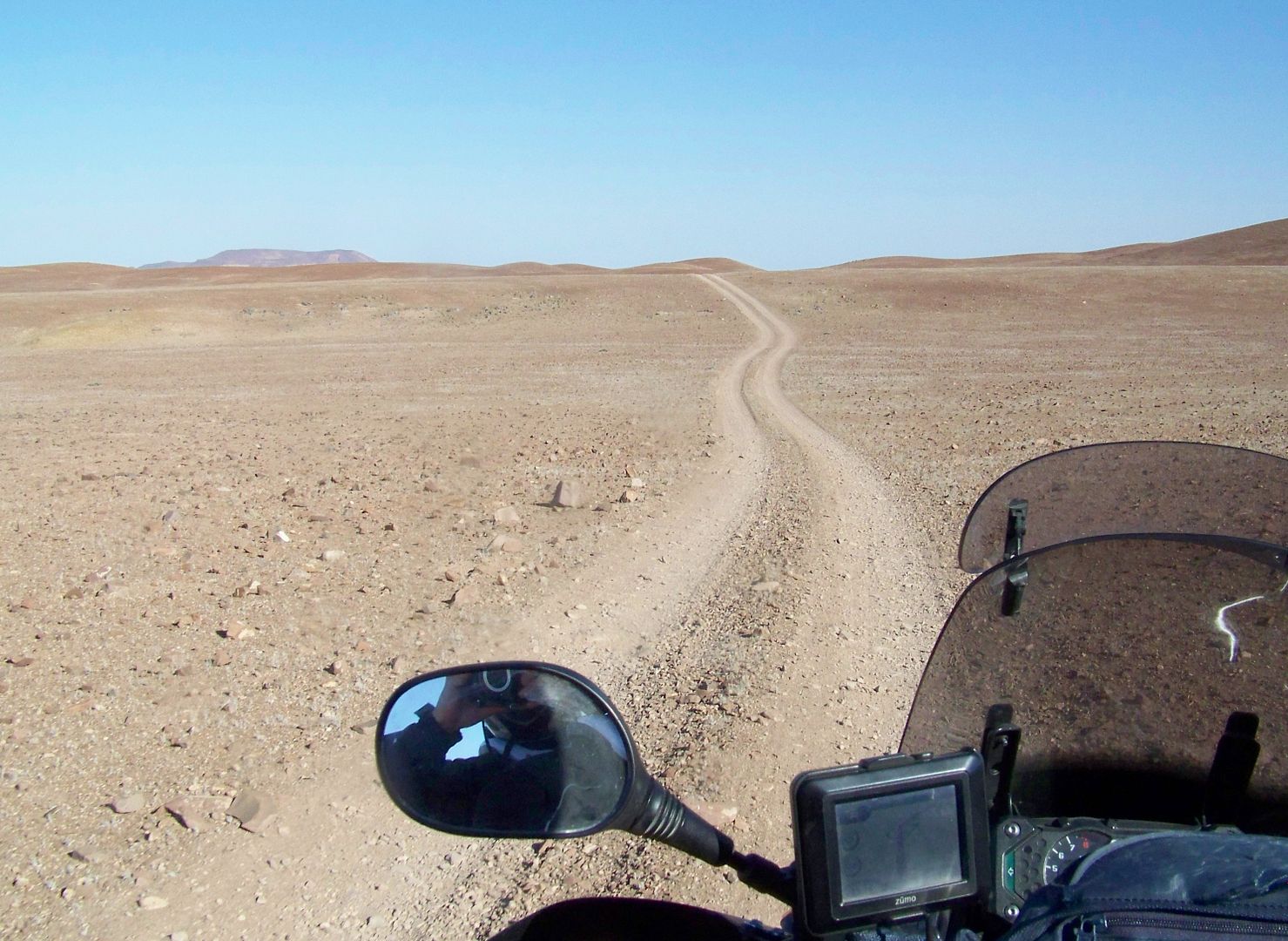
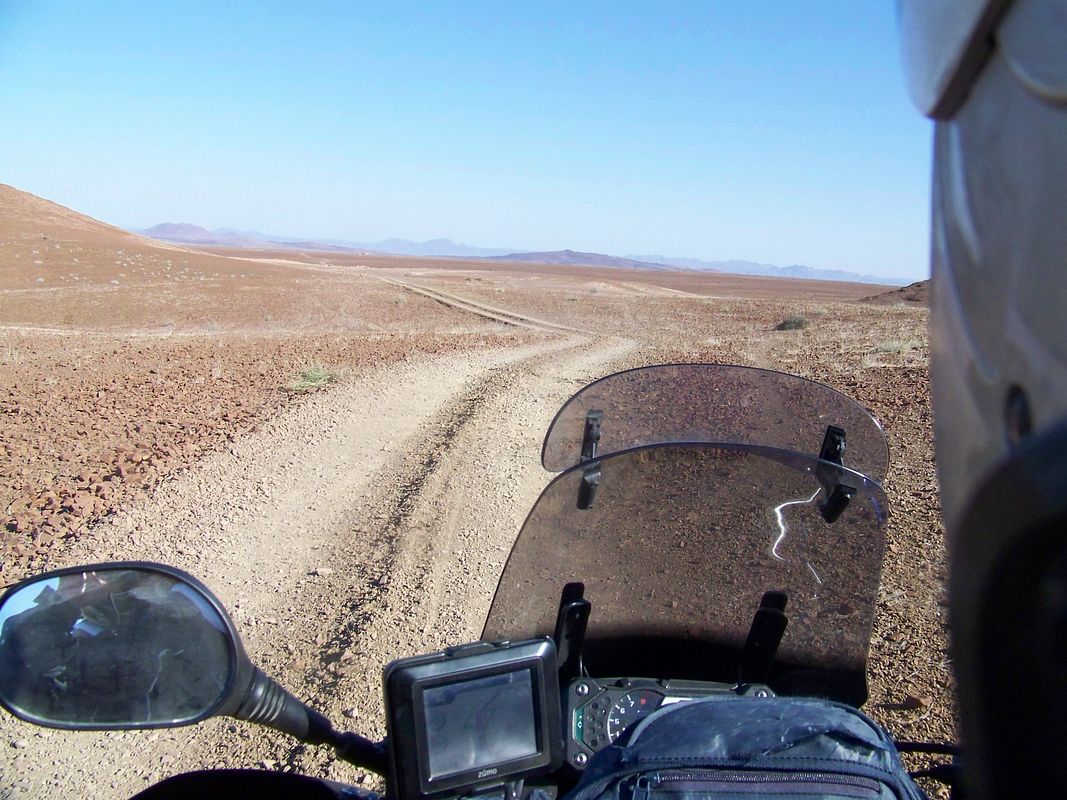
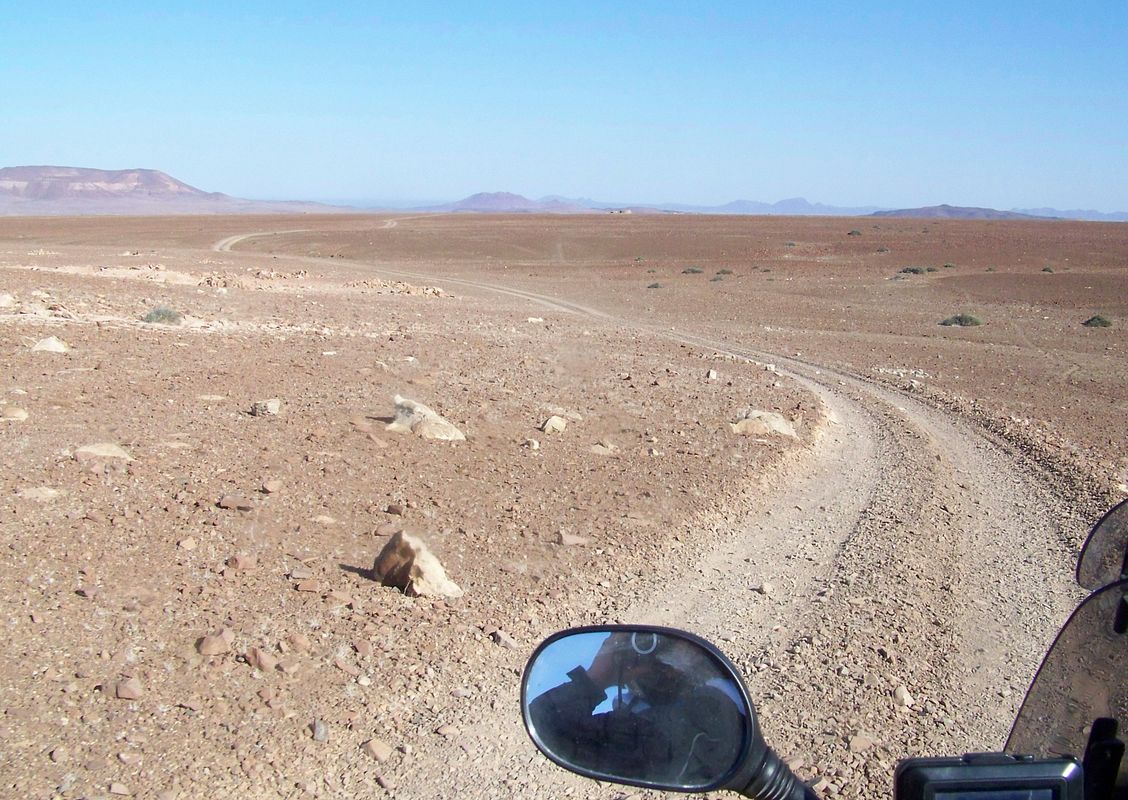
Once you see these old ruins, you know Gai Ais is around the corner, or just over the hill.

GAI AIS FOUNTAIN , a lonely desert fountain which is a green oasis in a otherwise desolate landscape.
We came over the rise and suddenly there were a few Gemsbok and Zebra. Then you see the patch of muddy water sustaining life.
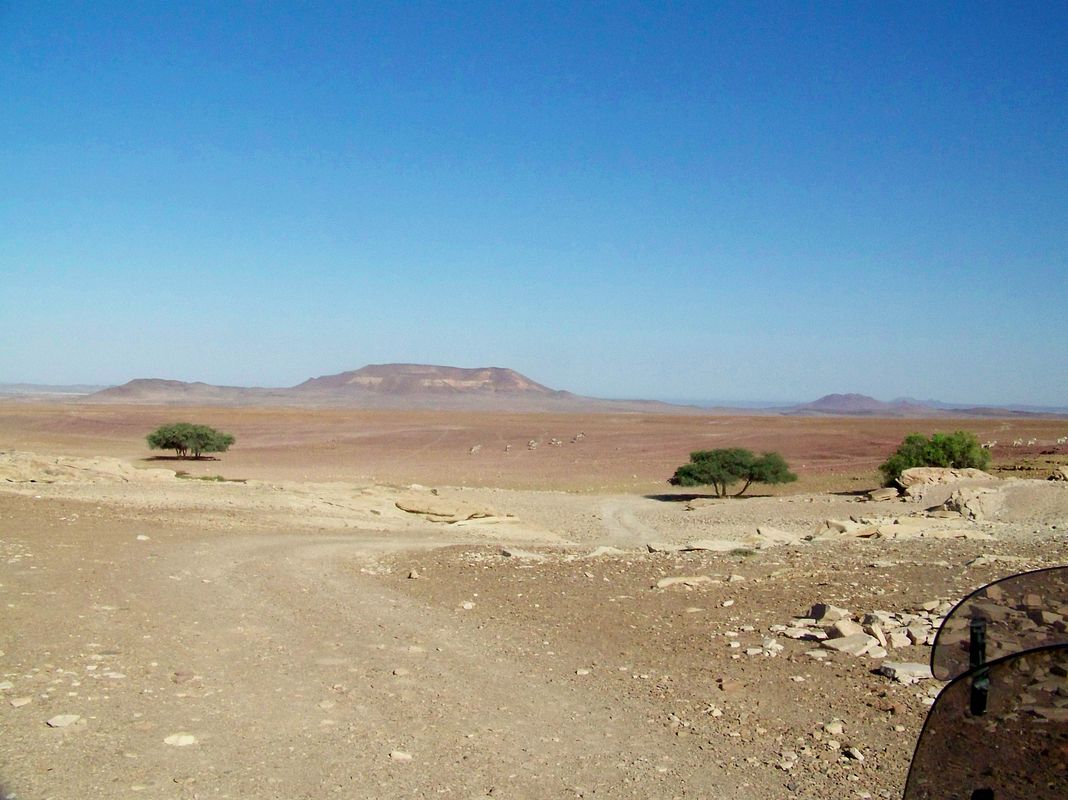
Seeing this was an emotional experience for us. Words and photos cannot describe what you see and the emotions you feel in your body. At this stage my trip was made.
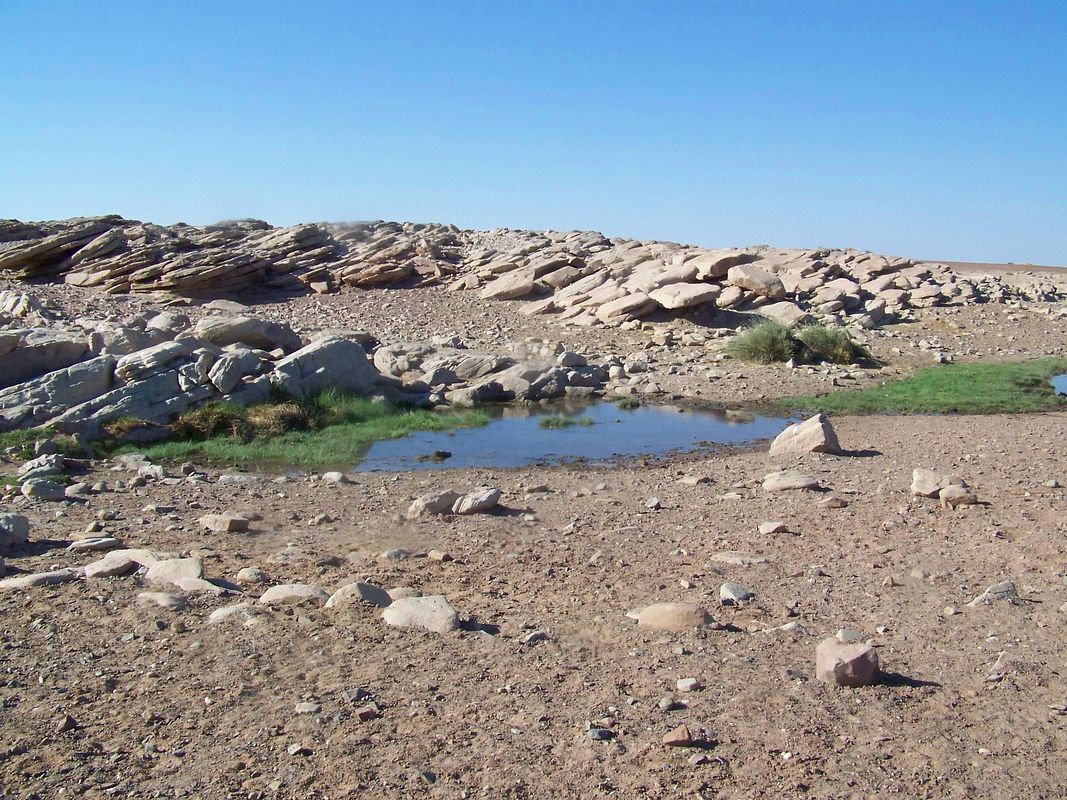
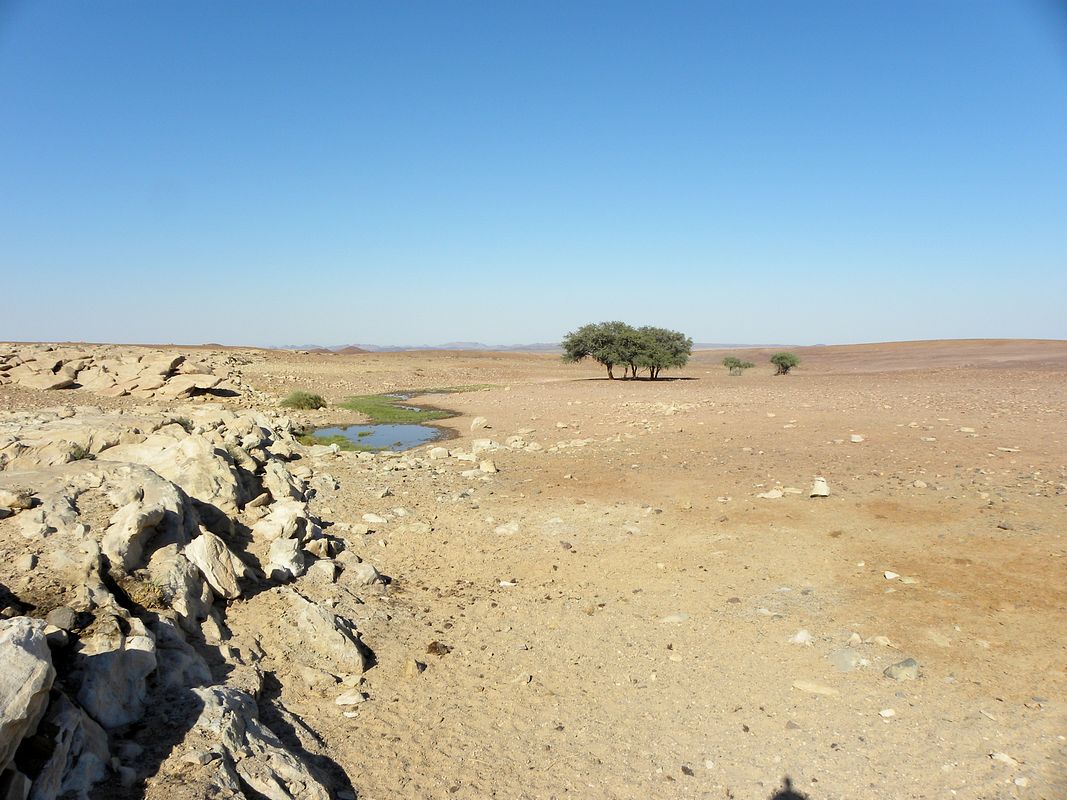
Gai Ais is a type of wetland called a palustrine system. (Any inland wetland which lacks flowing water, contains ocean-derived salts in concentration of less than 0.05% and is non tidal)
We did not hang around for too long as the animals were waiting at the only source of water in this barren area.
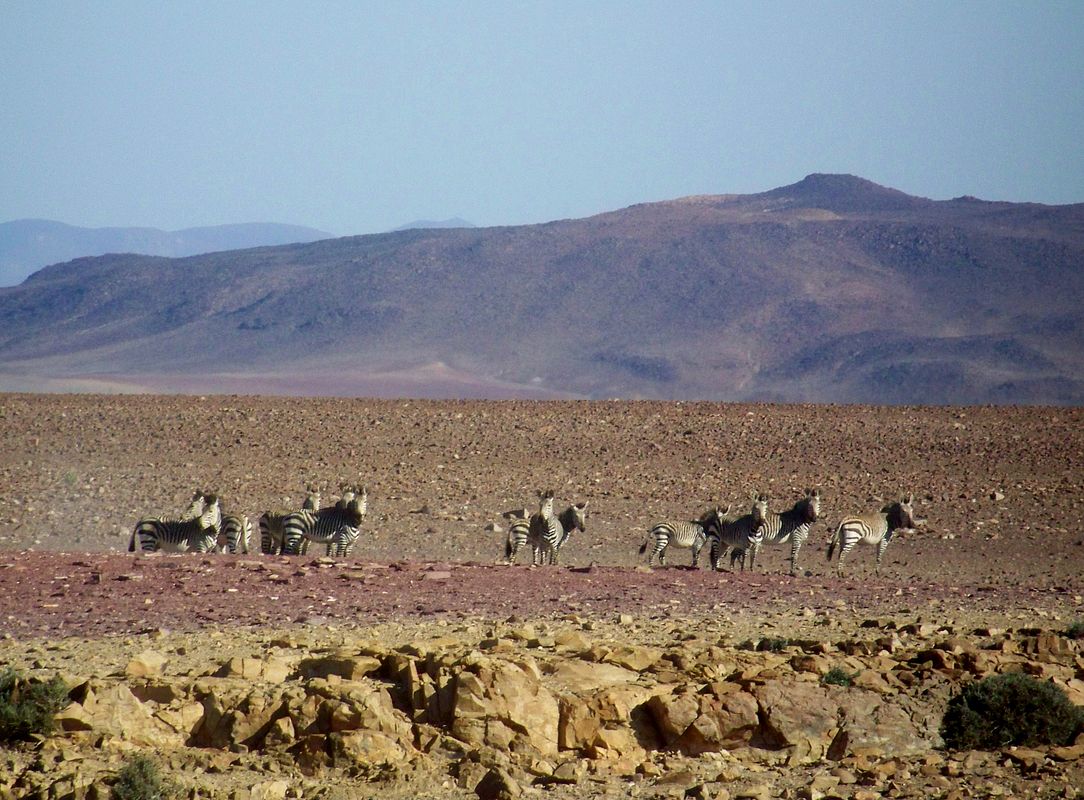
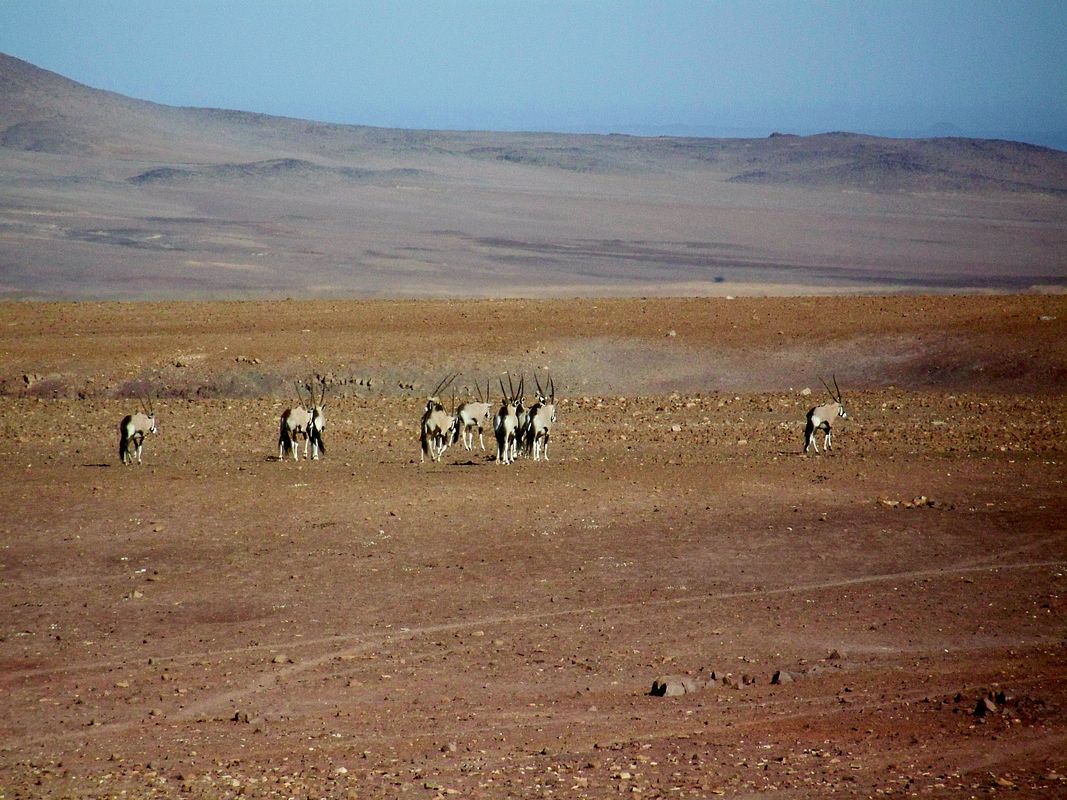
“Water by airmail
Because the sandgrouse are strong flyers and can rapidly cover great distances (up to 80 kilometers) to a water source, their reliance on drinking water does not normally present a problem.
When they are breeding, however, the situation becomes more complex, because the chicks also need to drink regularly during hot weather. The problem of the chicks’ dependence on water has been solved in an intriguing fashion. While at a waterhole, the male birds lower their bellies into the water. The belly feathers, by virtue of their unique structure, soak up water and retain it, much like a kitchen sponge. During the flight back to the nest, these feathers are held close to the skin to minimize evaporation. When the males arrive, the chicks strip the water from the belly feathers with their beaks. The water-carrying capacity of sandgrouse feathers varies between species, with those species inhabiting the driest habitats having the feathers best suited for water transport.”
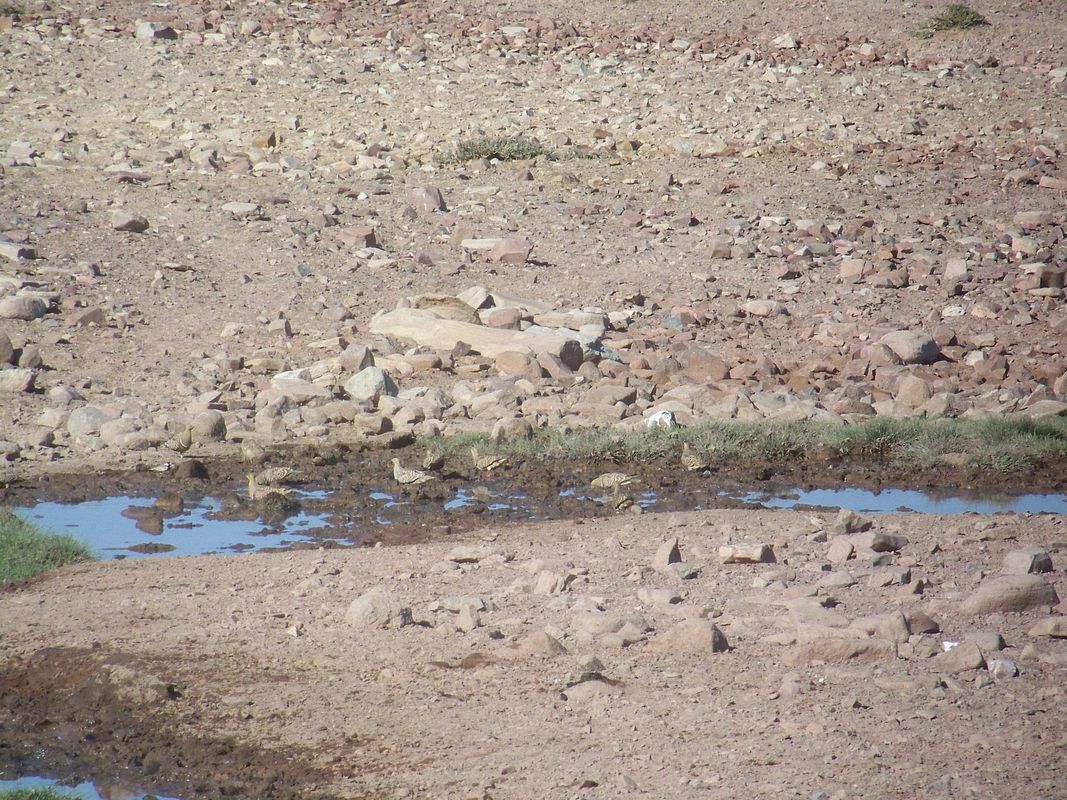
Some more photos of the area
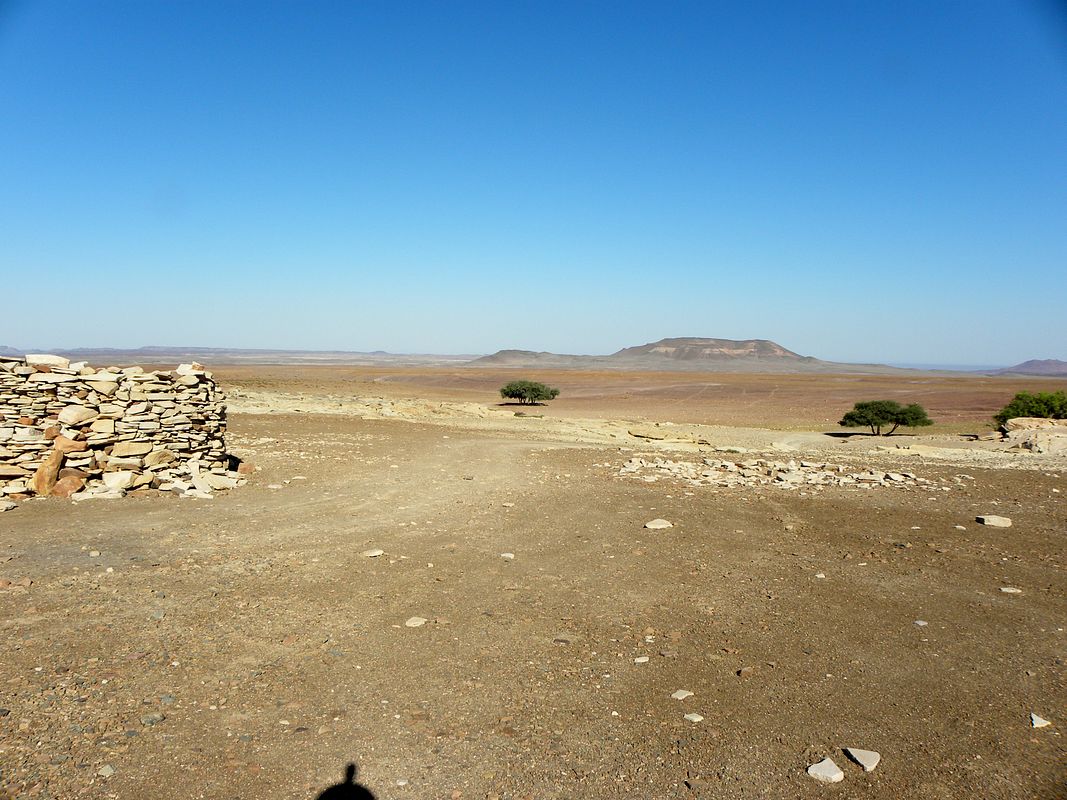
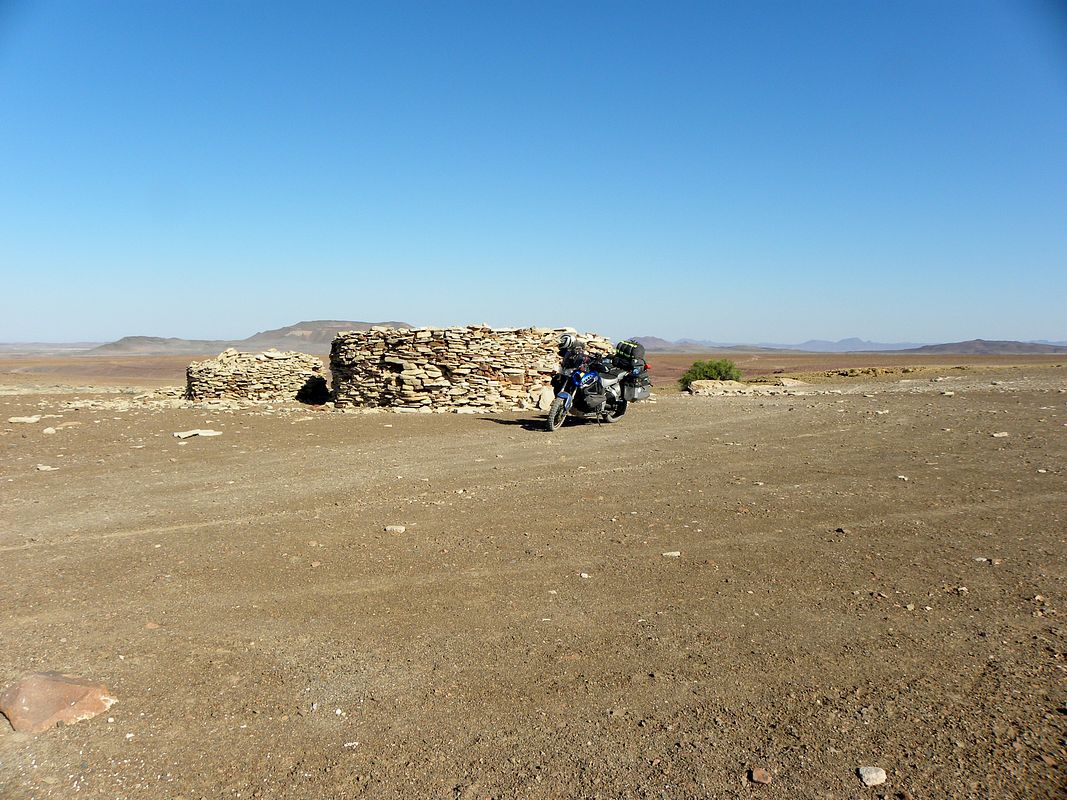
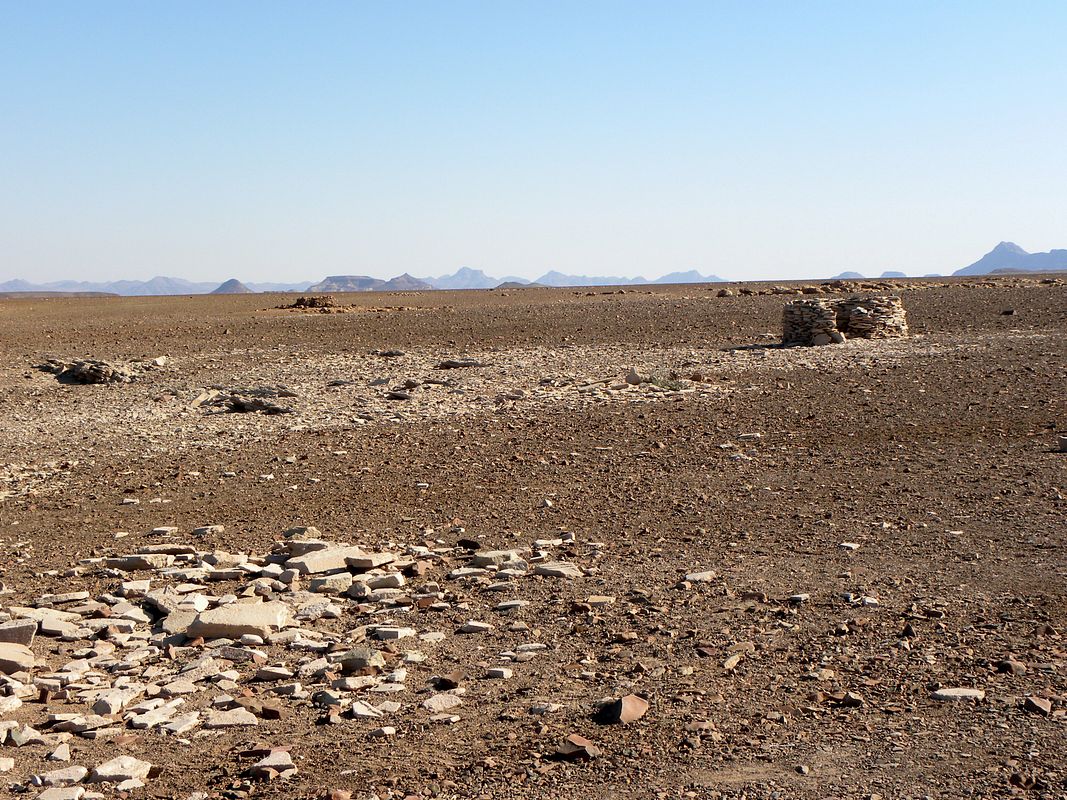
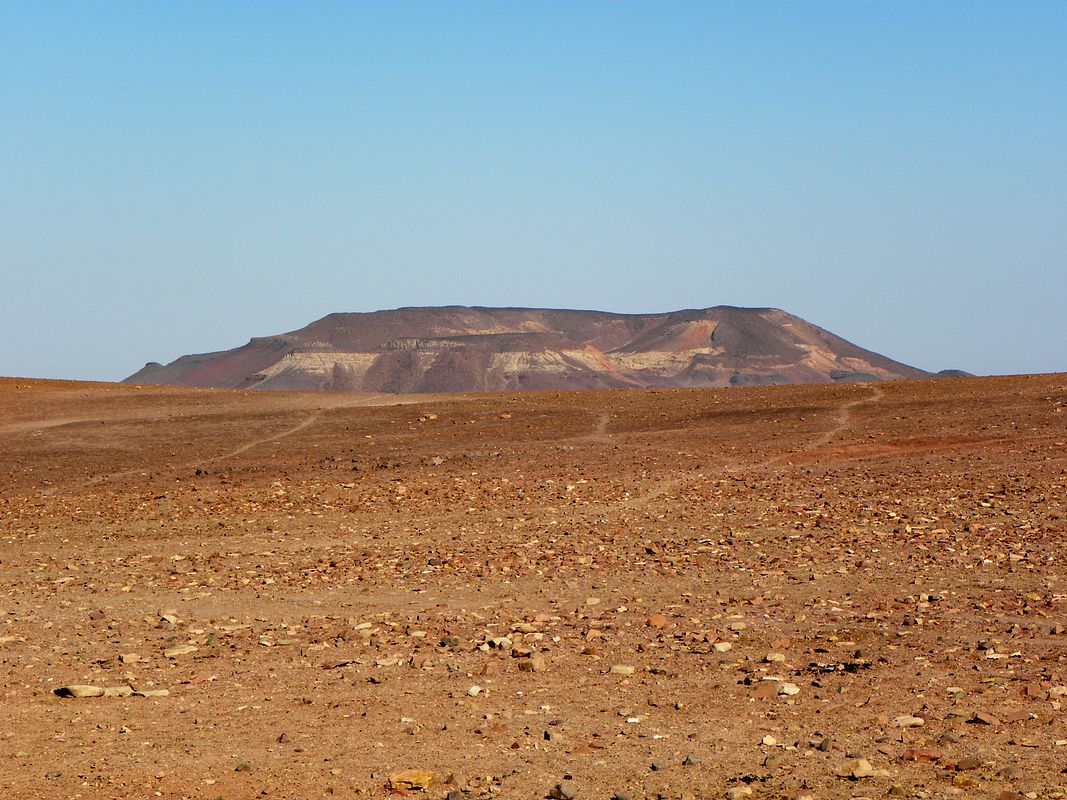
We turn around and now head for Doris Crater.
And then, I don’t know what happened, but this was the result.
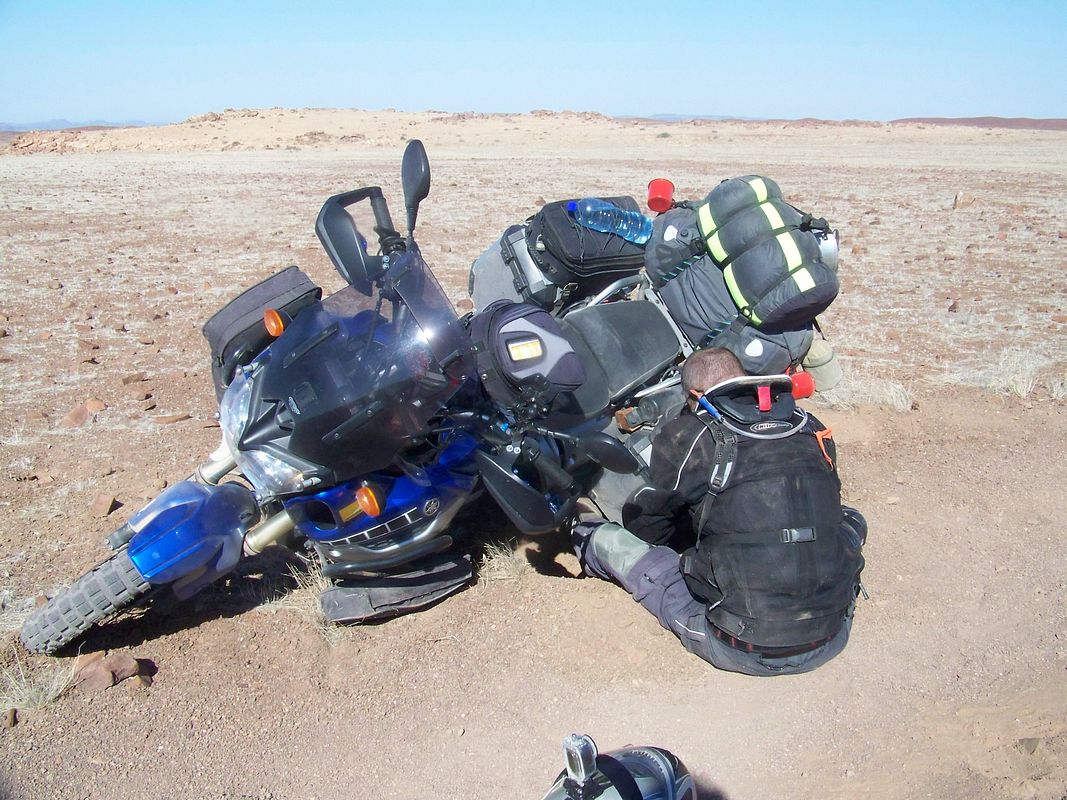
My left leg was pinned under the pannier and back foot peg. My wife tried to lift the bike, but that was an impossible task. She was panicking. I told her to calm down and to take a photo or two, we will make a plan. I took my helmet off and took a sip of water and from nowhere my wife told me to dig my foot out. That is what I did and within no time my foot was freed. My ankle was paining, but we had no time to waste. The bike was lifted and we were heading East, towards civilization. At first I struggled to change gears, but with time worked around the problem. A pain tablet also eased the pain.

To be continued ..................




































